本帖最后由 赵立娇 于 2020-9-2 15:45 编辑
▽沈阳红梅文创园/Red Plum Culture and Creative Park
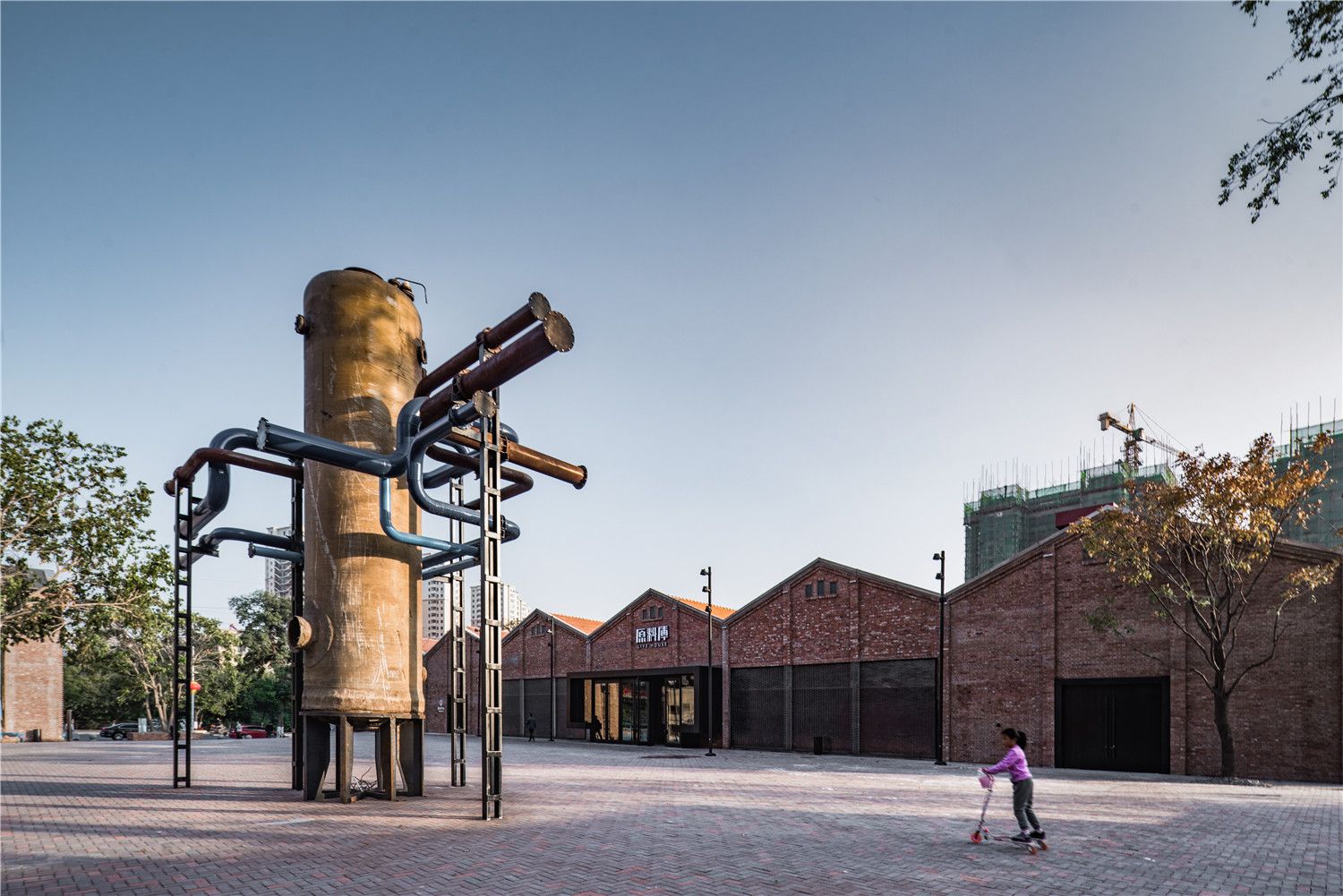
1.设计背景
1.Design Background
在90年代之前,东北是全国城市人口比例最高的地方,这里更早地拥有了真正的城市文化。
工厂不仅构建了东北人的生活,还构建了东北人的文化。老工厂厂房改造项目的设计要从时代大背景谈起,要从产业的迭代革命谈起,红梅文创园的诞生要从城市谈起。
Before the 1990s, northeast China had the largest urban population in China, and since then the area has formed its own urban culture much earlier than other areas. Factories not only construct the daily life of the people living there, but also construct the culture. The design of factory renovation should first begin with the iteration revolution of industries, and to talk about the birth of Red Plum Culture and Creative Park, we need to first talk about the city.
▽改造中场景/Scene in transformation

▽红梅味精厂老照片/Old photos of Red Plum MSG
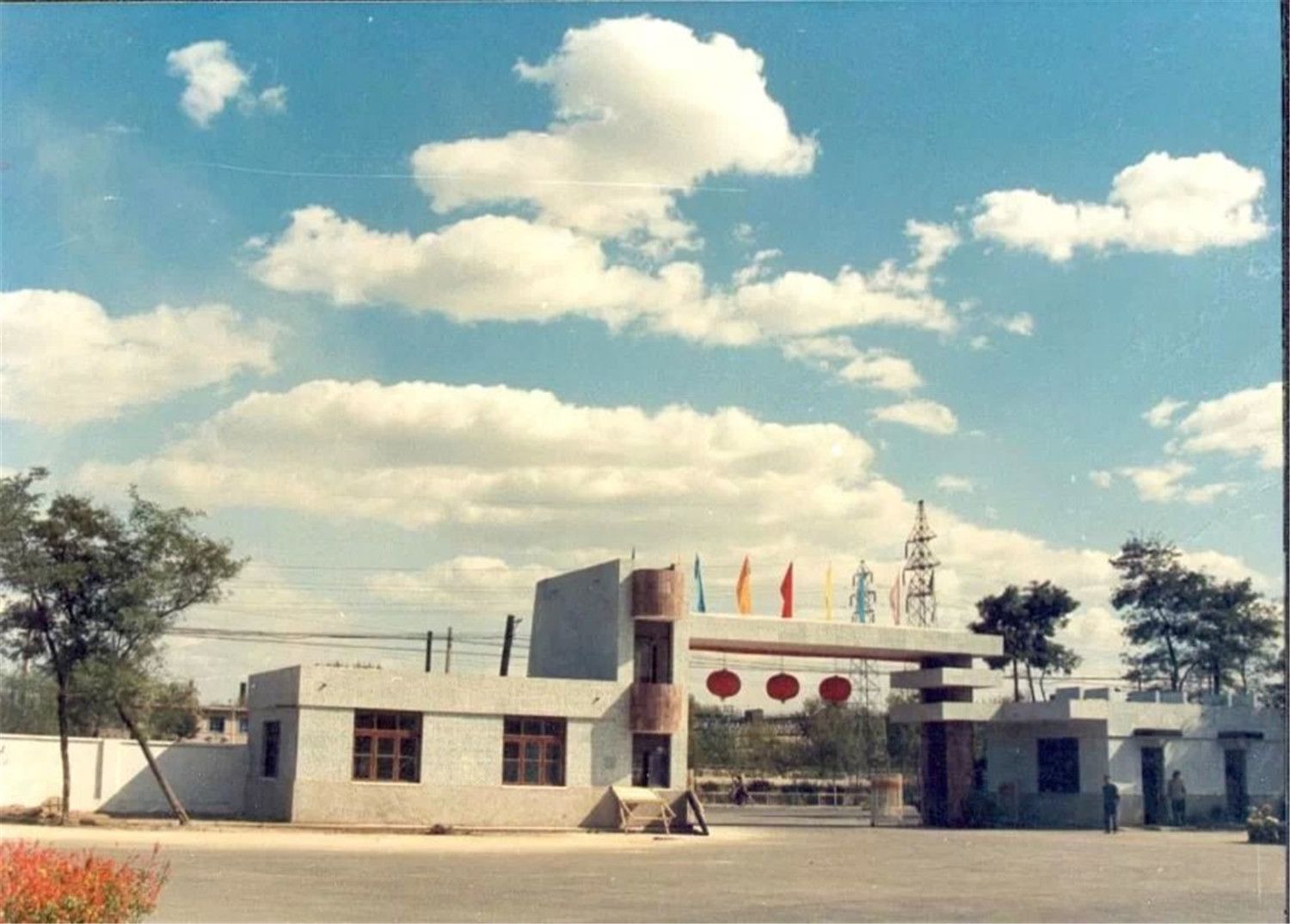
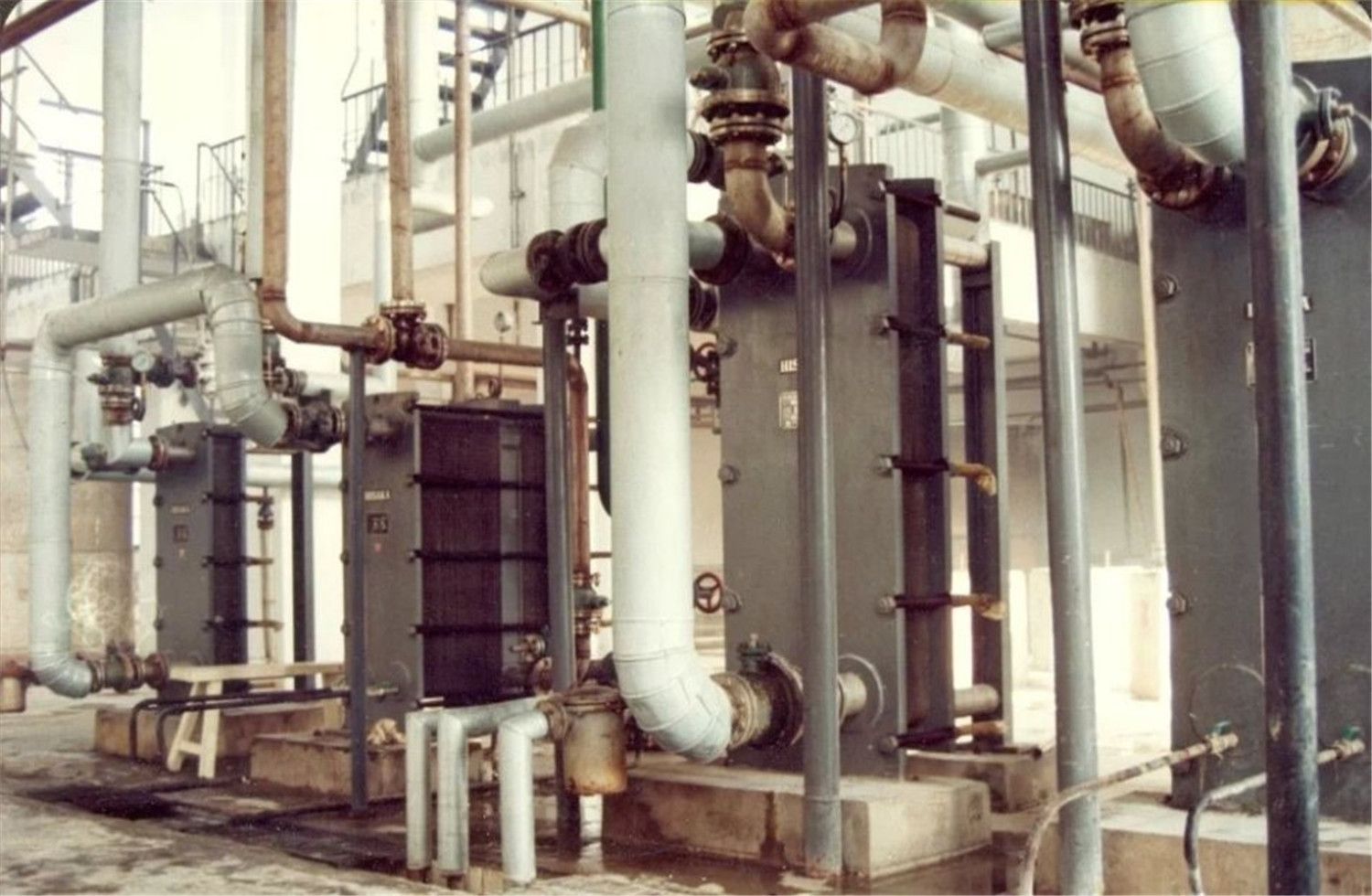
铁西区因位于长大铁路西侧而得名,东西向与南北向的铁路彼此交错,四角闭合成的不规则方形就是沈阳铁西区。红梅味精厂是铁西众多工厂之一,历史可追溯到1939年,经历历代的更迭,建筑的风格非常丰富。红梅味精厂拥有工业厂房13处,初期建筑作为主要的生产厂,记录着工厂向文化创意园业态转型的历史价值。
Tie’xi district is located in the west side of Chang-Da railway, where the east and west railways intersect and so do the south and north ones. The closed quadrangle formed by that is Tie’xi district in Shenyang. Red Plum MSG factory, with 13 industrial plants, was one of the many factories in Tie’xi, and its history goes back to 1939. Its different architectural styles together with early building as main plant have recorded the historic values transforming from a factory to a culture and creative park.
▽红梅味精厂老照片/Old photos of Red Plum MSG
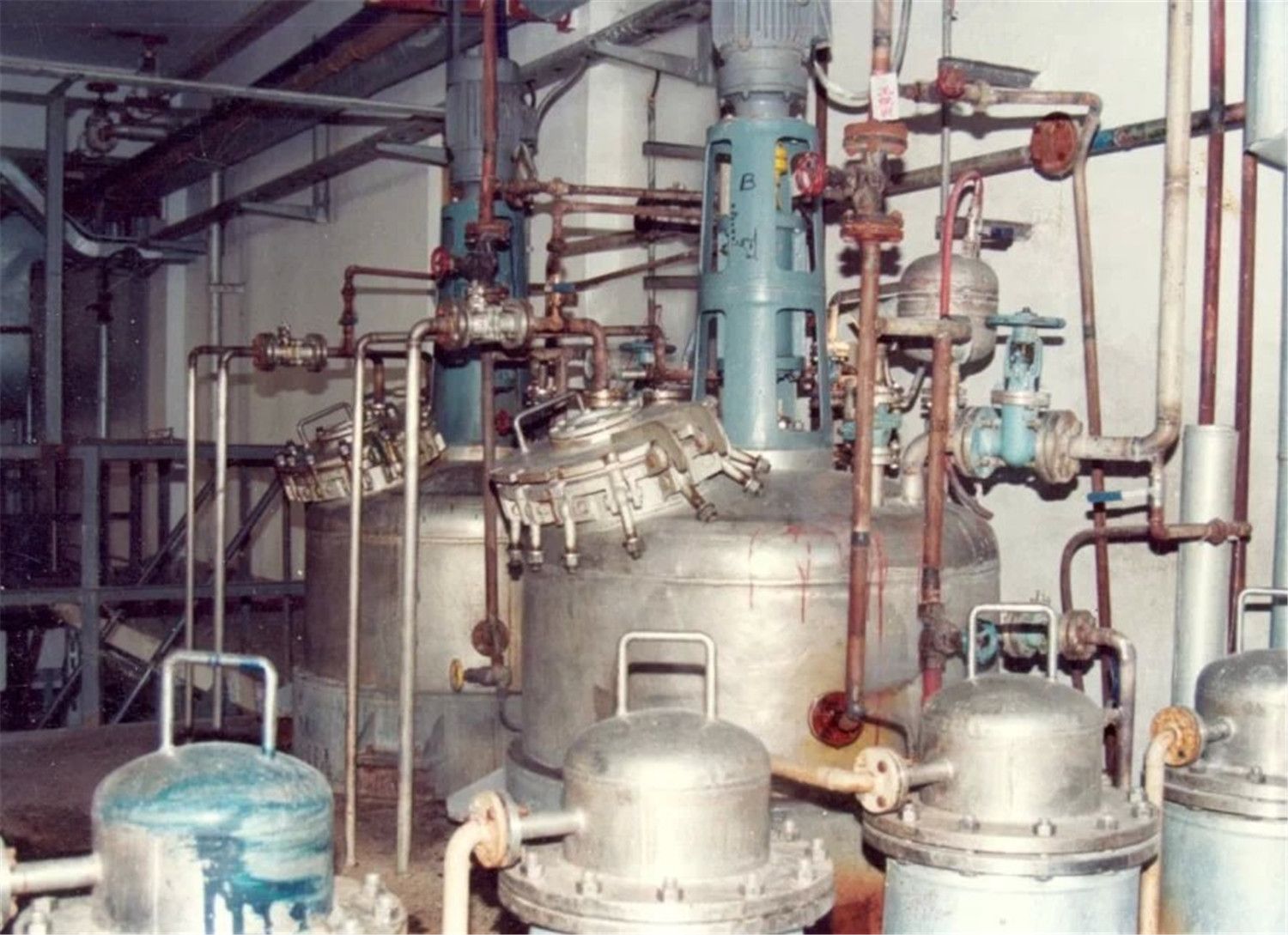
▽工人厂房工作场景/Working scene of workers' Workshop
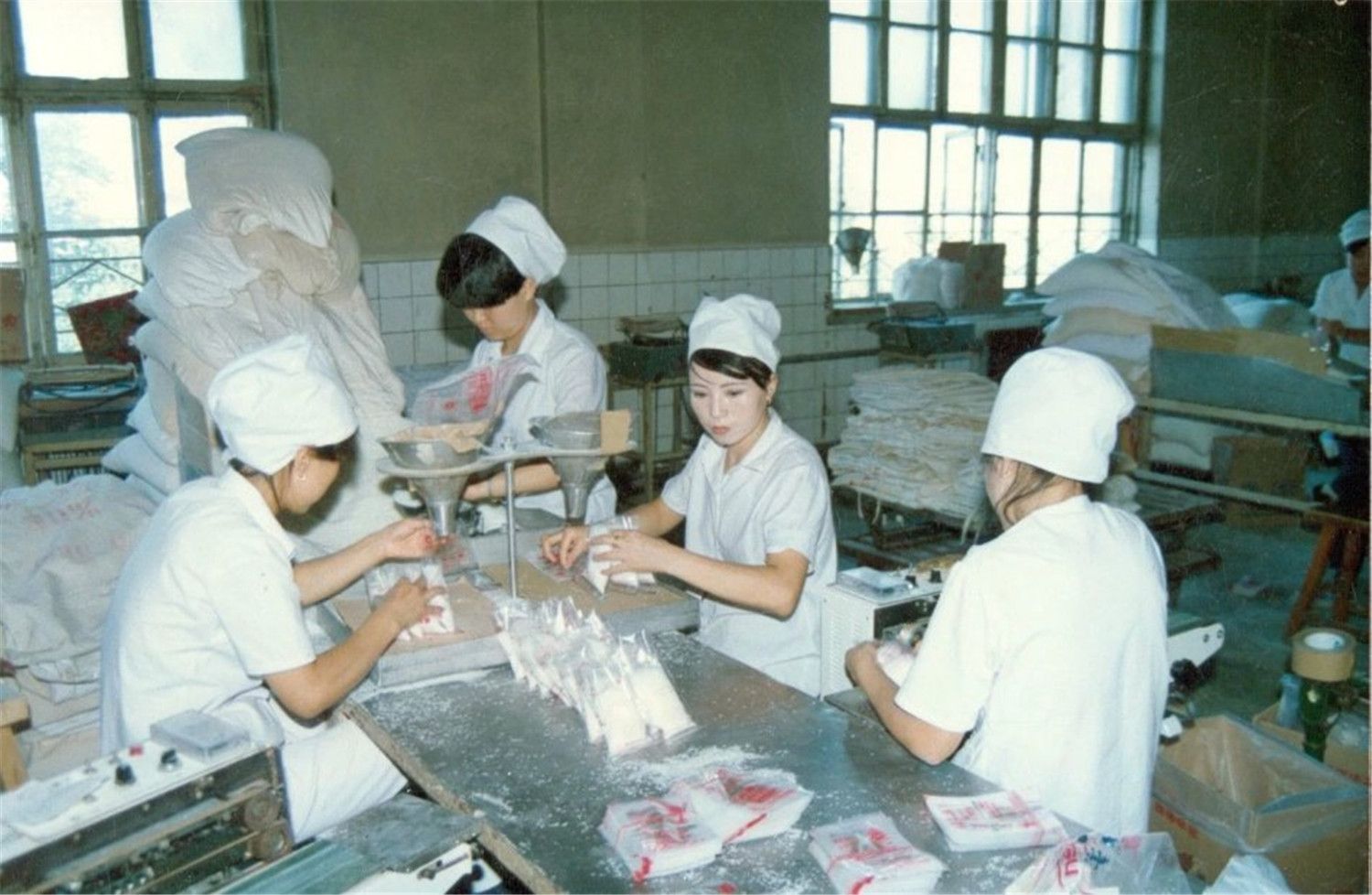
▽红梅味精宣传图/Publicity map of red plum monosodium glutamate
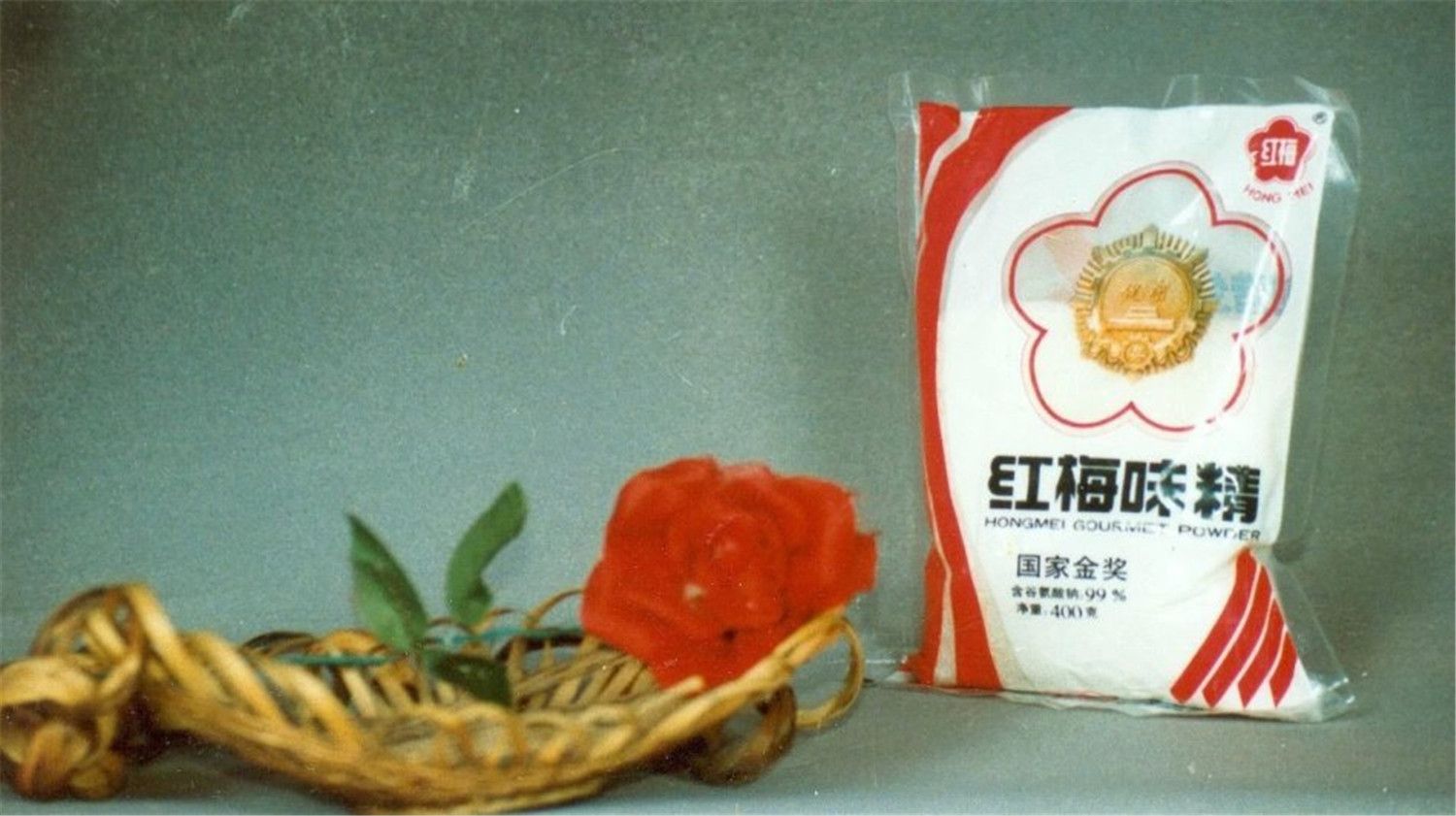
2.设计策略
2.Design Strategy
创意园内的4栋建筑尺度不一,破损程度不同,呈现出多样有趣的空间。建筑之间的序列完整的保留了工厂原有的生产流线,原料从铁轨运进厂,站台卸货到原料库,再取样到研究所化验,到发酵厂房发酵,再到提纯车间提纯。
The 4 buildings in the Park are in different sizes and damage levels, showing an interesting diversity in space. The layout of the buildings reflects the original production lines intact, where raw materials coming into the factory from the railway, unloading on the platform and entering the warehouse, samples picked up and sent to lab for test, materials fermented in fermentation plant and at last purified in refinement workshop.
▽工厂生产流线图示/Factory production flow chart
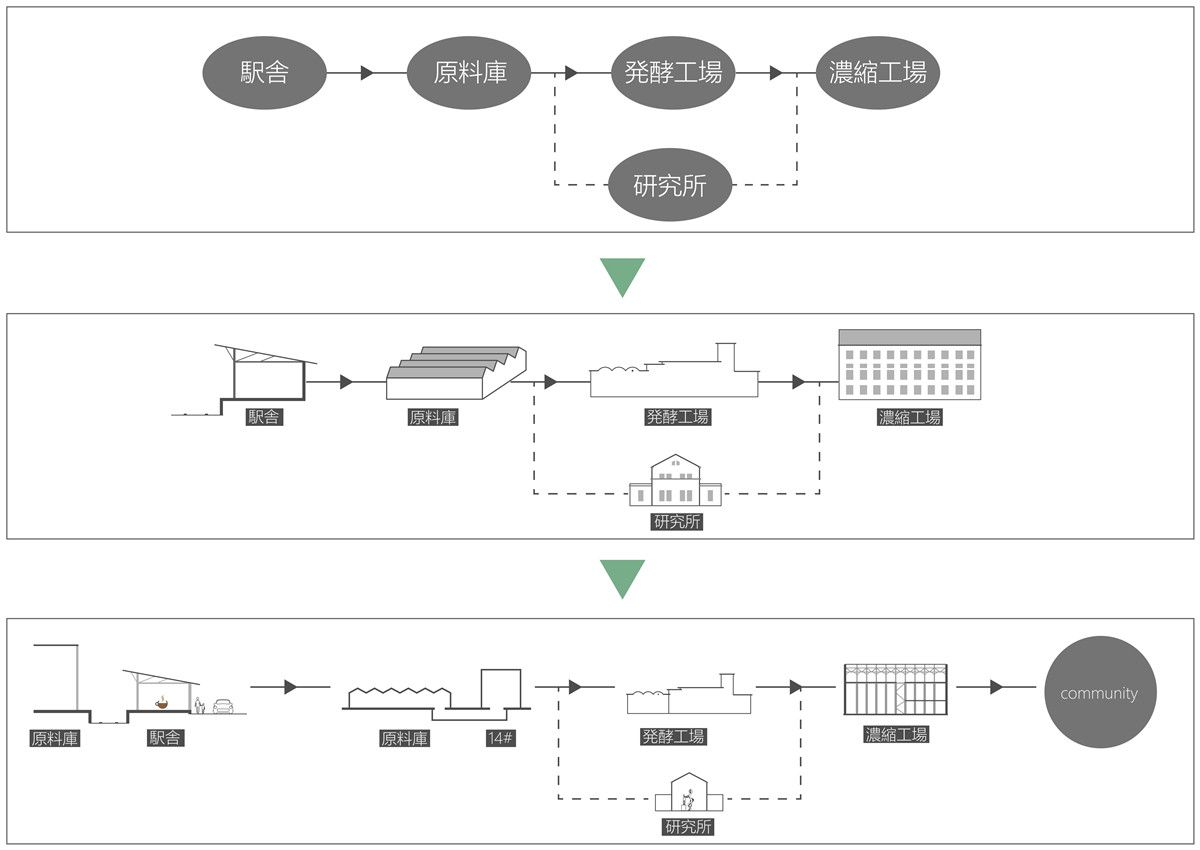
设计从整理场地关系和建筑关系开始,将新的文化功能植入旧有建筑,将破损的建筑修复加固及清理,焕然一新后对大众开放。
The design starts with the relation between the park and the buildings. It brings new culture functions into the old buildings, repairs, solidifies and cleans the damaged buildings, and re-open the park to public.
1号楼 原料库的“六折山墙”代表着当年大量储存原料的空间能力,代表着生产力。原料的储存代表了产量能力,象征着能量,位于整个厂区的东南角,紧邻街道。Livehouse级的大型演出场所植入于1号楼,吸引文化新能量,聚拢人流,开启一场丰富多彩的文化之旅。
The six-folding gable of the raw material warehouse in Building 1 represents the large storage capacity of raw materials back in those years, which also represents great productive force. The storage of raw materials symbolizes yield capacity and power. The building stands in the southeast corner of the park, adjacent to the streets. Building 1 is to host large live-house performance, to attract new culture, to gather crowd and to embark on a colorful cultural trip.
▽1号楼分析图/Analysis of Building 1

▽1号楼建筑场景图/Construction scene of Building 1
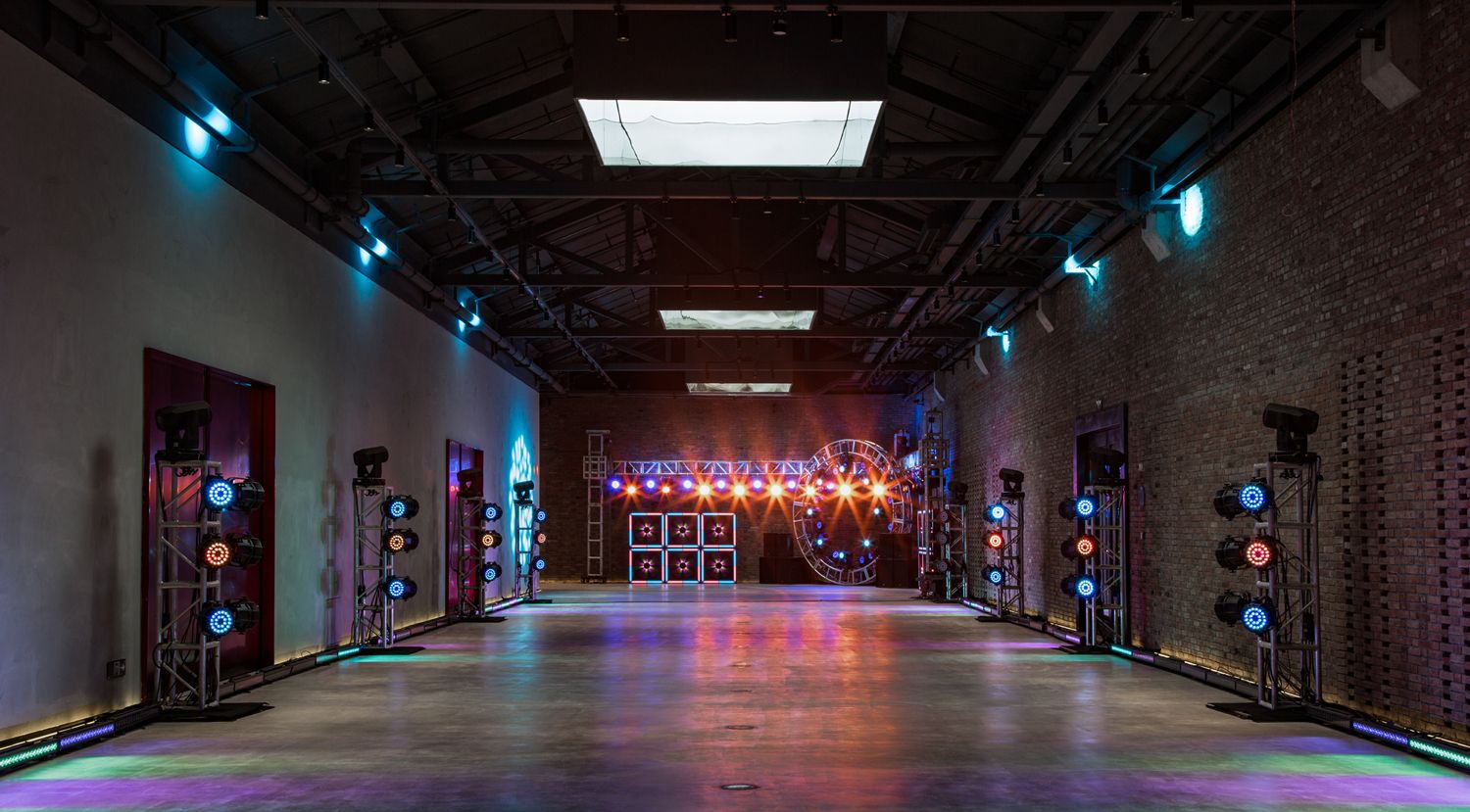
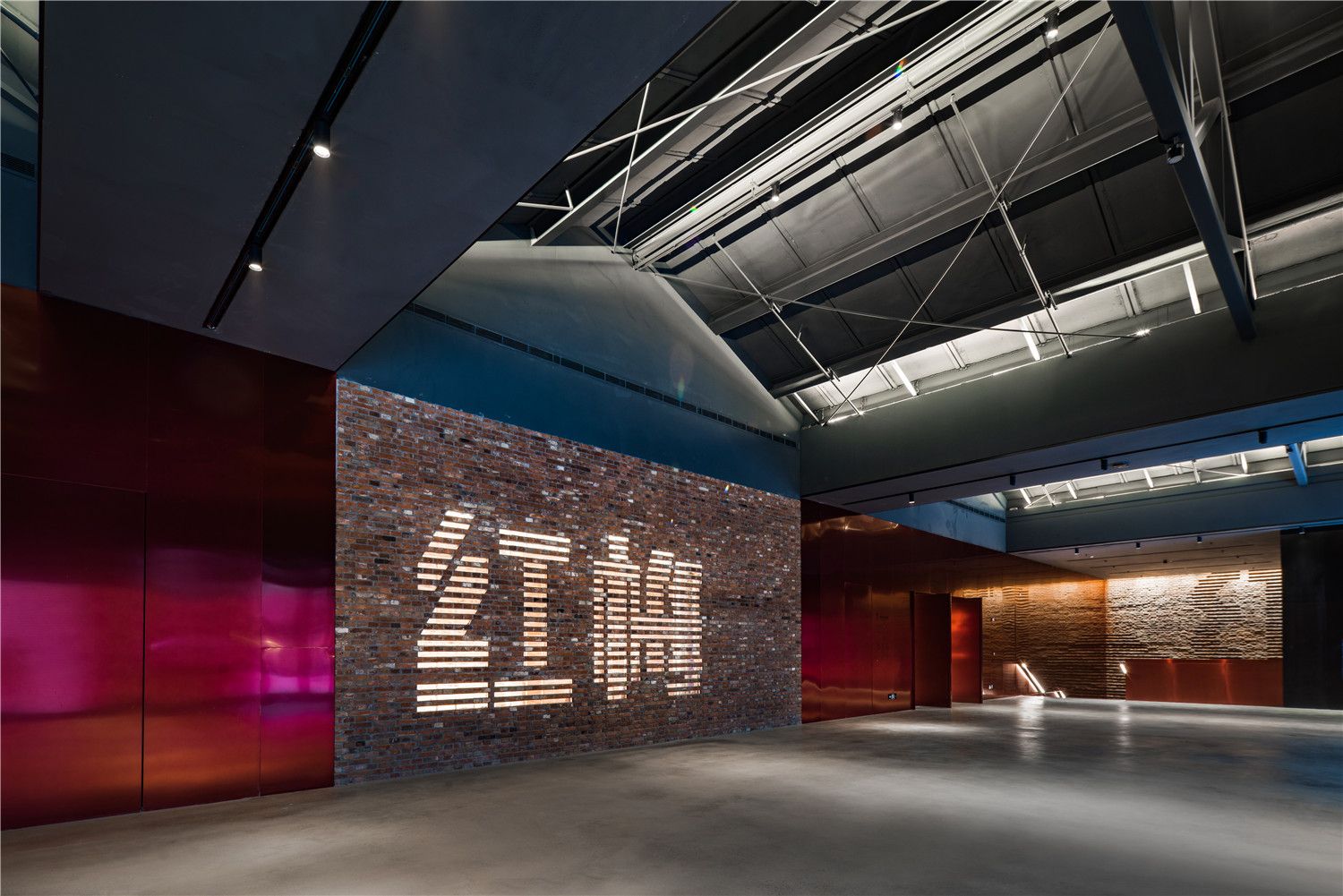
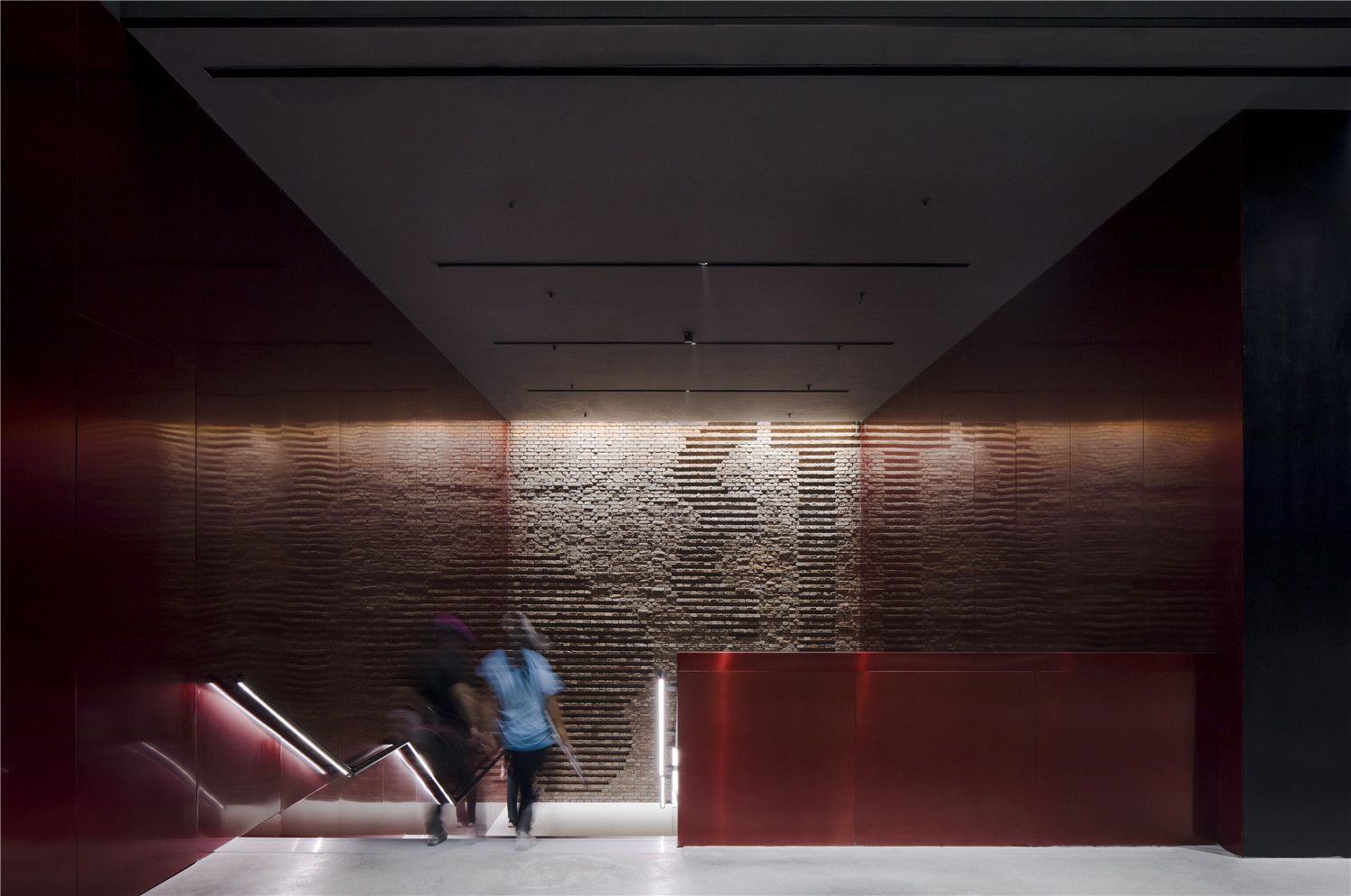
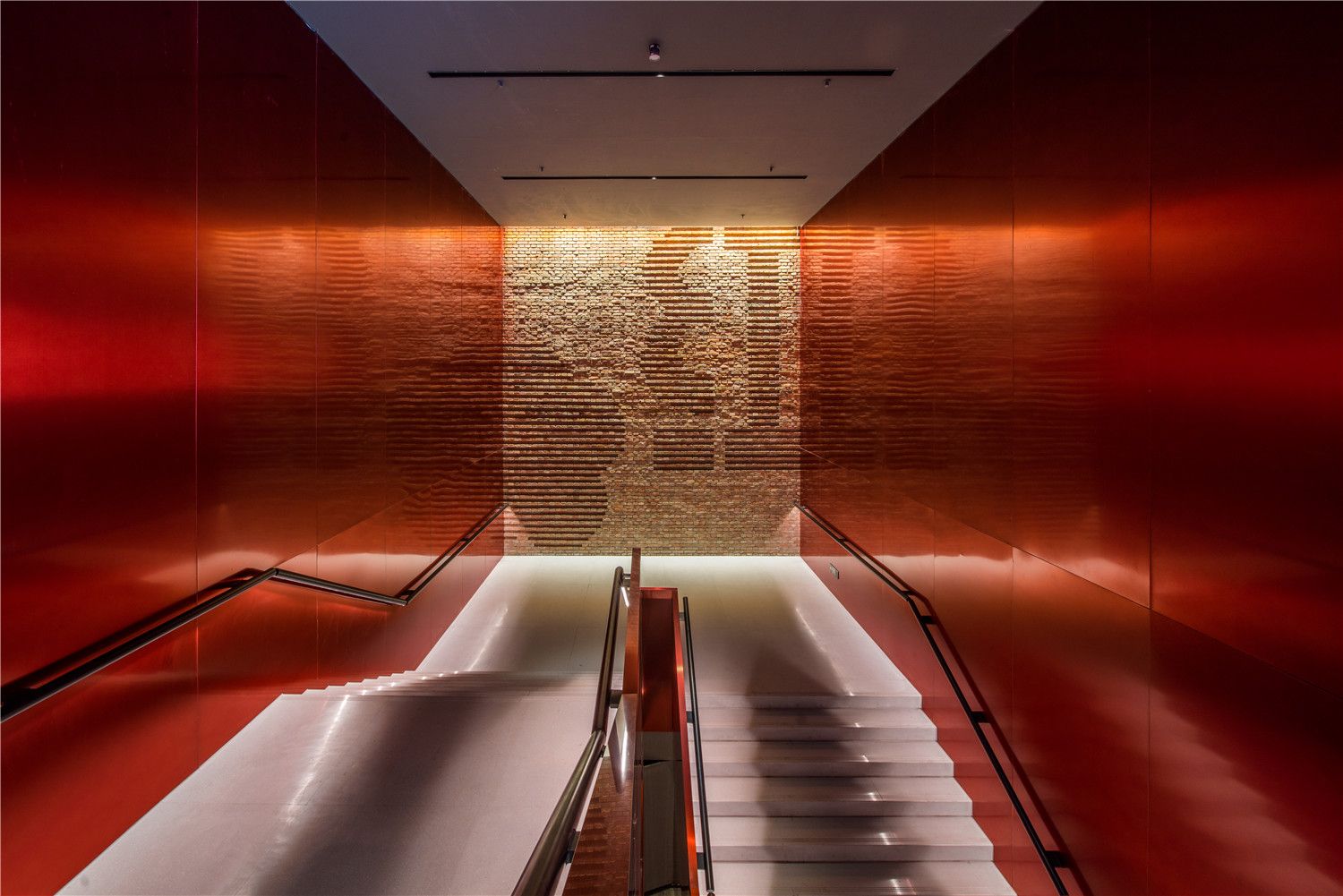
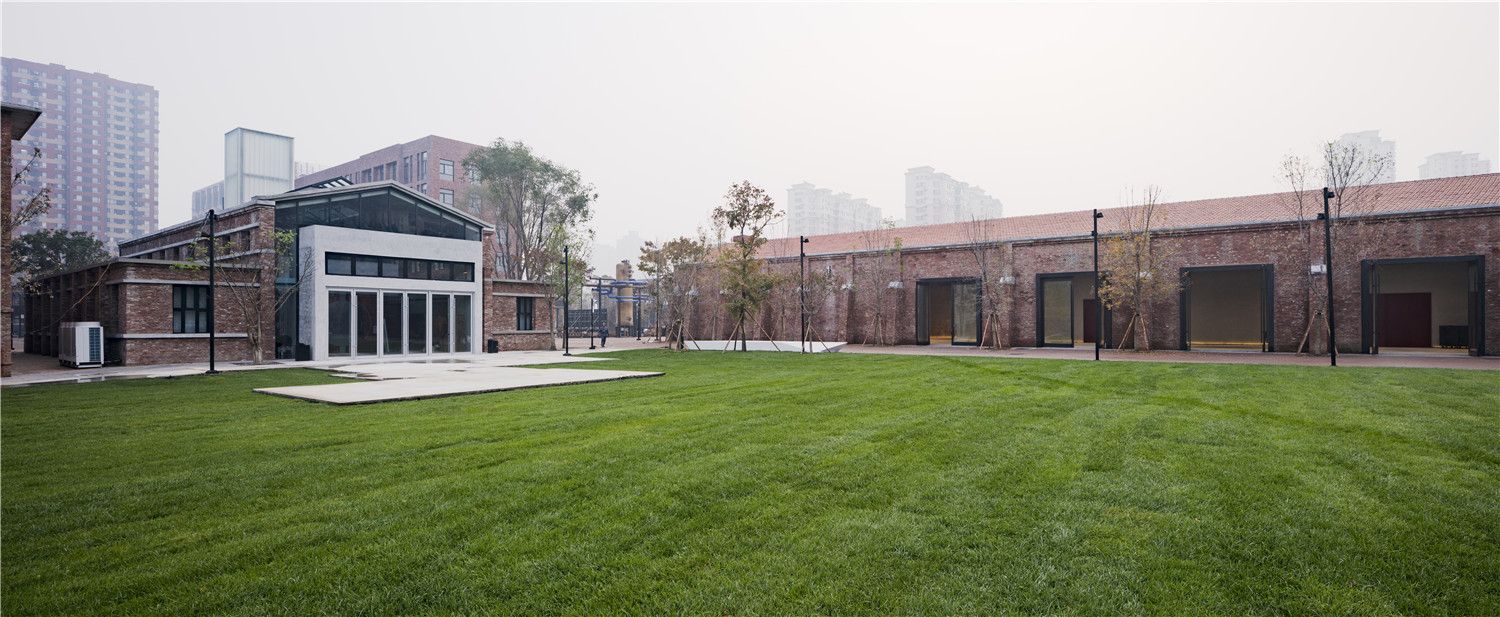
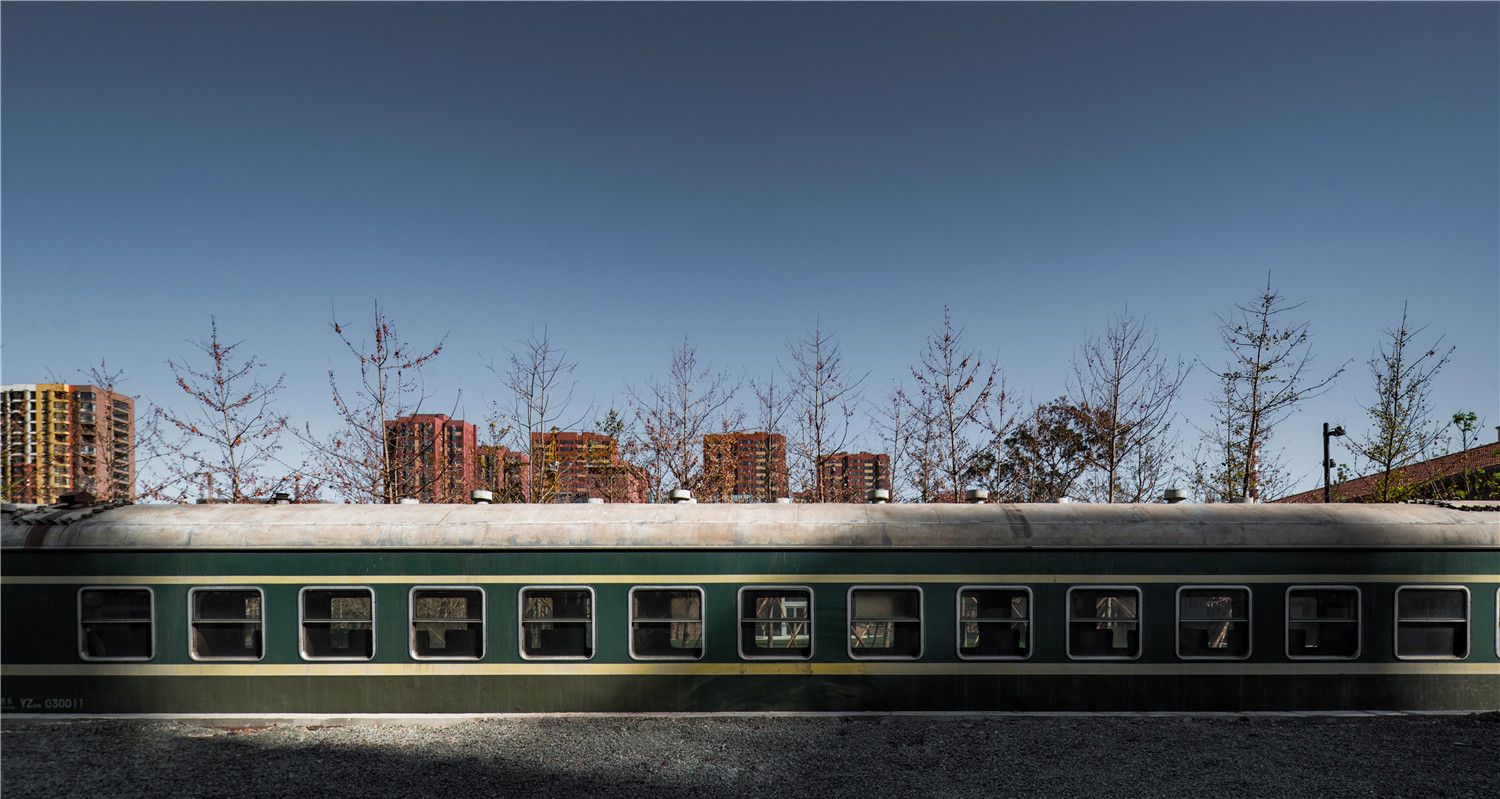
2号楼 是四栋建筑中体量最小的,却是在进行着生产中最重要的环节,在这里产生的试验数据输出给各个生产车间,指导生产。同时,东立面面对园区主入口,南立面面向园区绿地广场,北立面面向园区主干道。东,南,北,三个立面都起到不同的衔接和对话作用。南立面由于严重破损,设计在恢复原立面尺度的同时扩大入口,向城市和绿地广场充分展示建筑的开放性和包容性。设计保留了本建筑的输出功能,定位为文创品商店。采用竖向u玻材料,再现原有烟囱的高度.半透明的乳白色和夜光带来的照明效果,使它成为一座标志性的信号塔,一旦进入公园,任何人都不会错过。
Building 2 is the smallest one among the four buildings, but it is the most important link in the production process. From there, the test data would be sent to each workshop as the guide for production. In the meantime, its east facade faces the main entrance of the park, while the south façade faces the greenbelt mall and the north the main road. The facades on those three sides are linked and connected. The south facade is severely damaged, so the design restores the original dimension and expands the entrance, fully displaying the openness and tolerance of building to the city. The design keeps the building’s output function and builds it as a cultural and creative market. Adopting vertical U-shaped glass, the height of the original chimney reappears. With semi-transparent milky whiteness and the illuminating effect brought by night lights, it has become an iconic signal tower that no one would miss once entering the park.
▽2号楼分析图/Analysis of Building 2
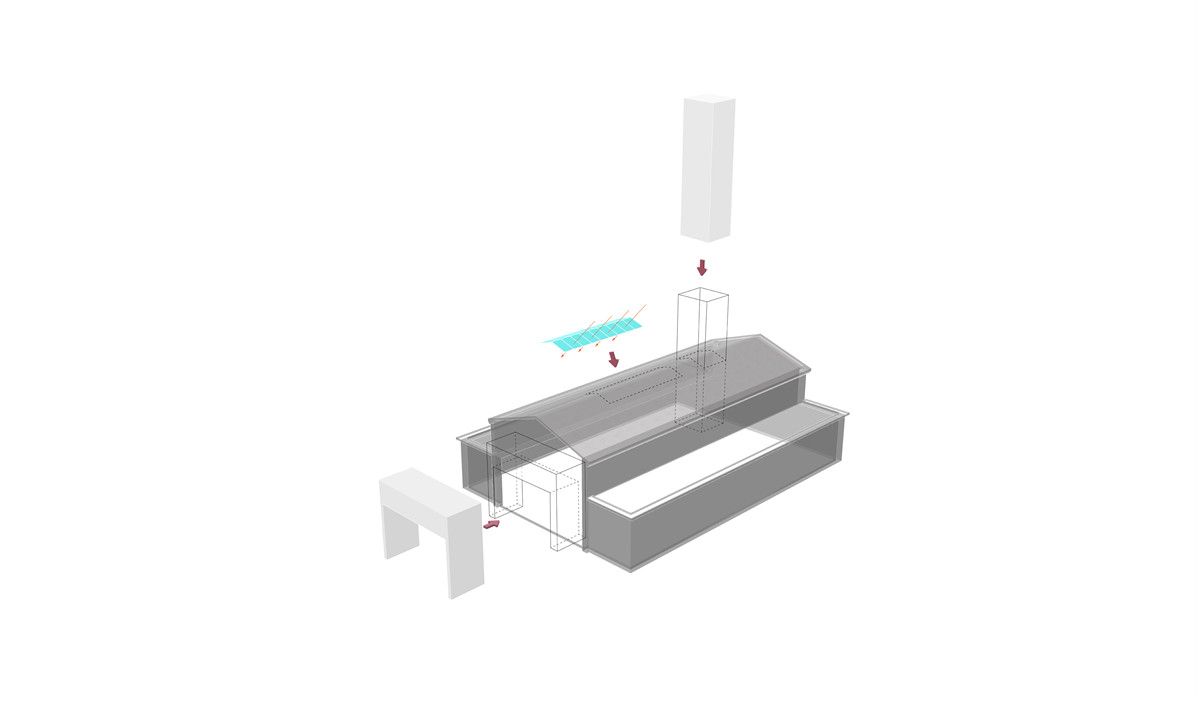
▽2号楼建筑场景图/Construction scene of Building 2
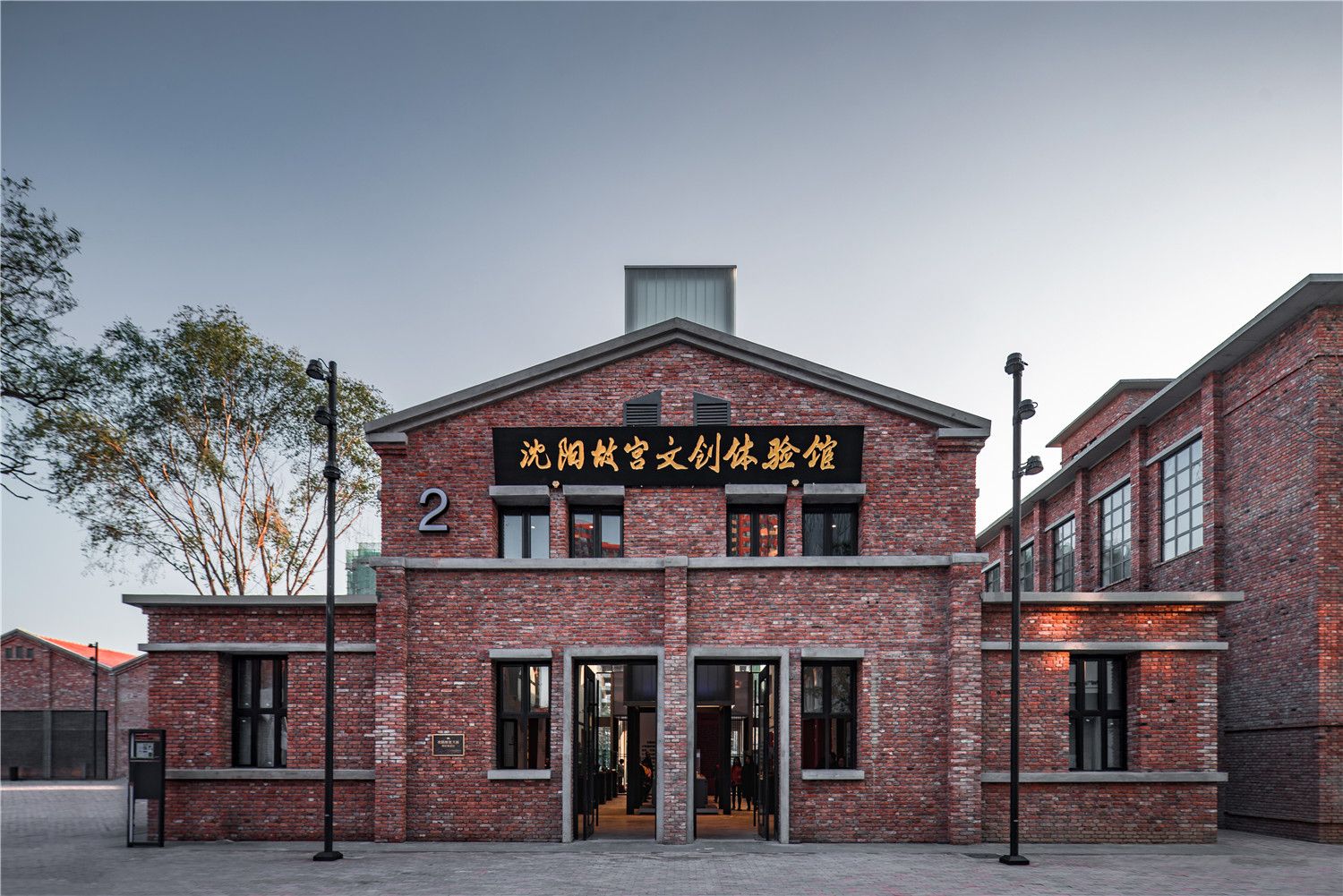
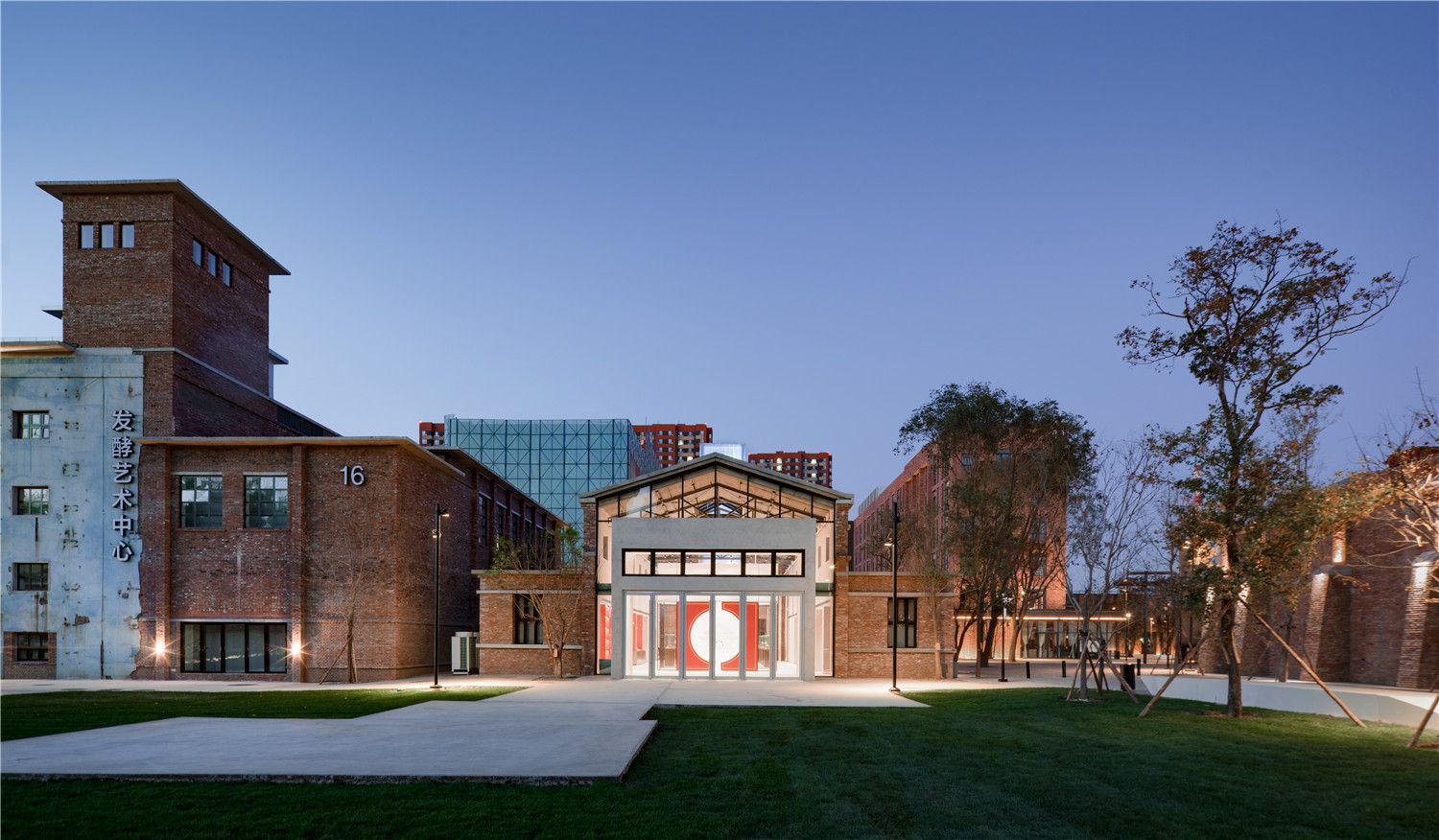
12号楼 与其他几栋比起来在园区内并不显眼,但是它的内部空间丰富多彩,层高变化格外有趣。业主希望在这里做一个融合办公与展示等功能的创意书店-红梅书店。读书咖啡,开放式办公,小型展示和发布的多用空间,分别从一层随层高的变化逐层布置,动线也是从动到静。北立面面向园区主干道和体育广场,将书架意向的立面设计融入一层的立面设计,向经过的人群提示这座楼的功能,吸引四周的住民和更多的人流。
Compared with other buildings, Building 12 is not so remarkable. But its internal space is colorful, and different floor heights are extremely interesting. Owner would love to make this building as a creative bookshop named Red Plum Bookstore, combining office and showcase functions. It is a multi-functional space for reading, drinking coffee, open-space office, small-scale show and product release. Arrangement starts form the 1st floor and unfolds as the floor height varies, and the circulation goes from motion to stillness. The bookshelves are standing on the north side, where it faces the main road and sports square in the park, purposely to indicate the function of the building to the passers-by and attract more people to visit.
▽12号楼建筑场景图/Construction scene of Building 12
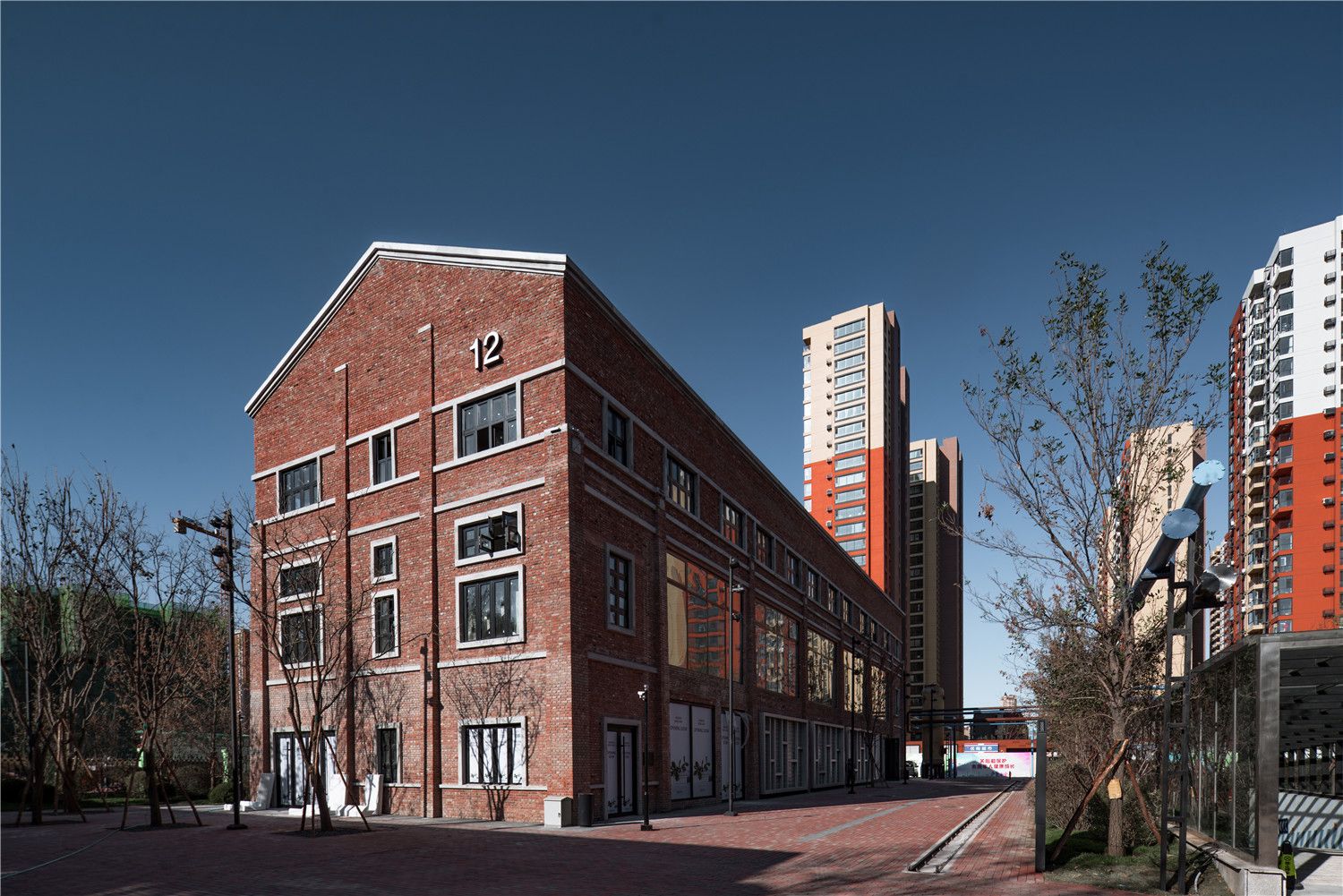
16号楼 是故事最多的一栋楼,也是体量适中的一栋,是整个园区的中心。一个回游式美术馆是16号归宿的最美之处。原有厂房为放置大型设备在楼板上开了很多大洞,改造时选择性的将原有洞的形态保留,用玻璃楼板代替。16号楼三联拱部分体现了当时工厂厂房的建造工艺,是结构美和空间美结合的经典,也是改造后美术馆的大型展厅所在。
Building 16 has the most stories to tell. It is in medium size and located in the center of the Park. A migrating-like gallery is the best new home for the building. In order to put large equipment, there were lots of openings in the floor slabs. The renovation selectively keeps the shape of the original openings and replaces with glass floor slabs. The triplet arch in the building shows the craftmanship of the plant construction back then. It is a classic combination of structural and space beauty, and a place renovated for large exhibition halls of a gallery.
▽2号楼分析图/Analysis of Building 2
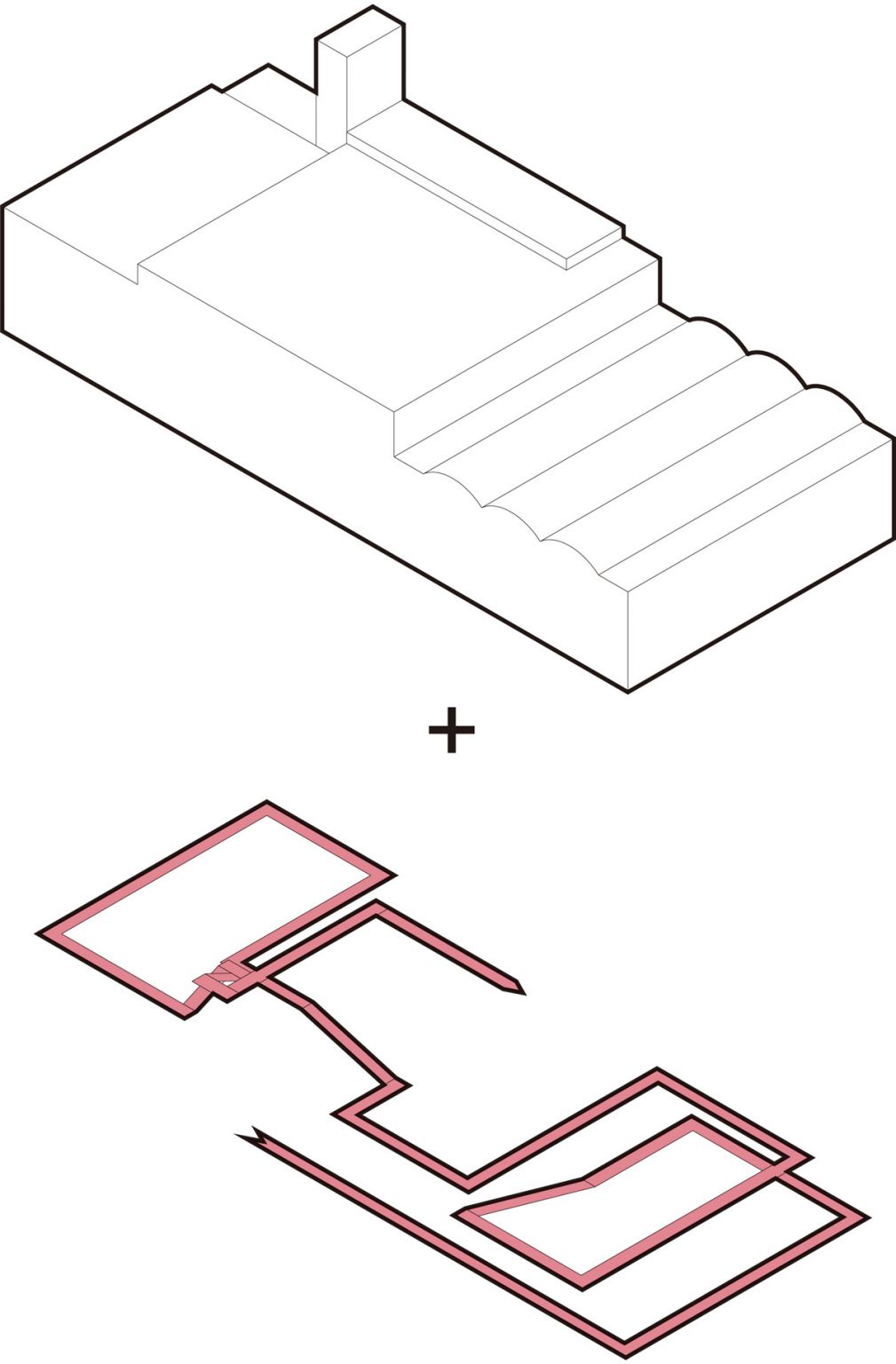
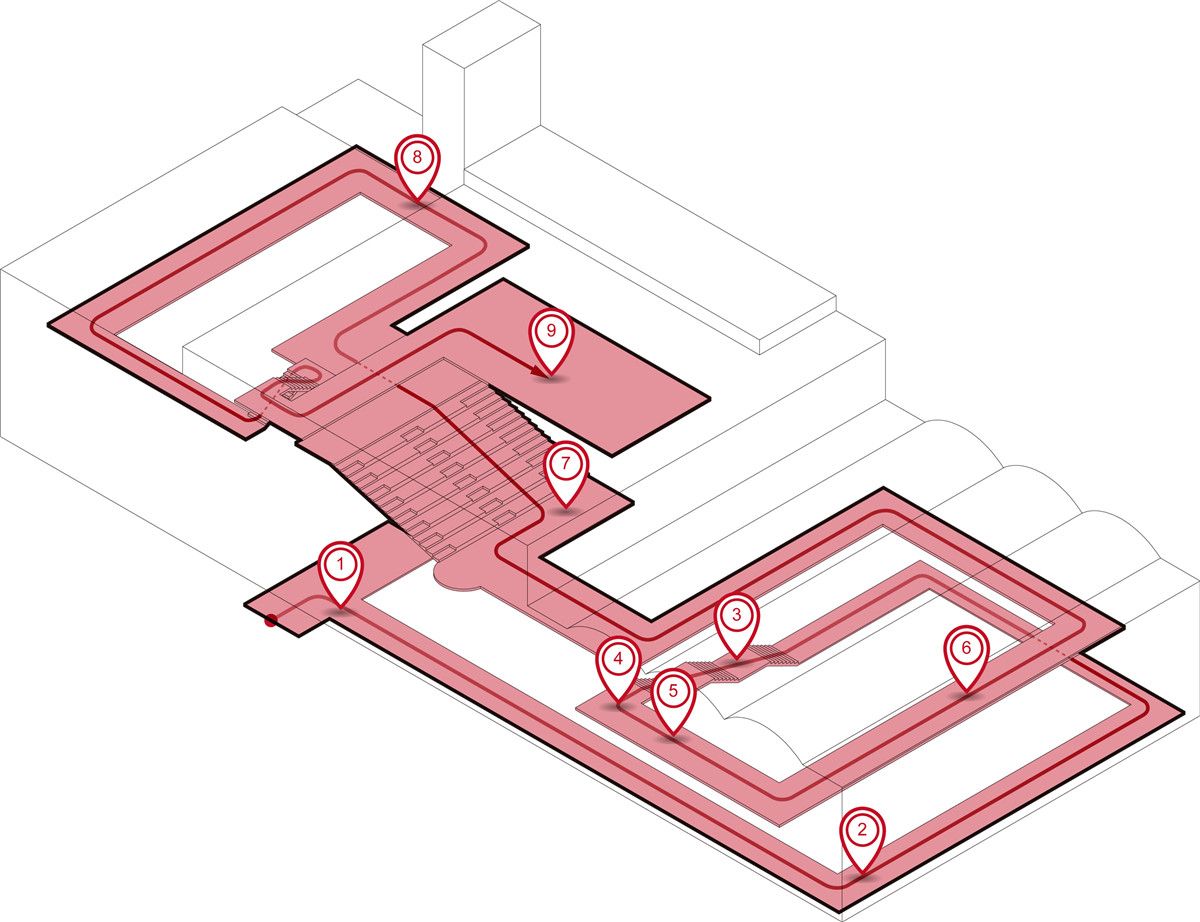
▽16号楼建筑场景图/Construction scene of Building 16
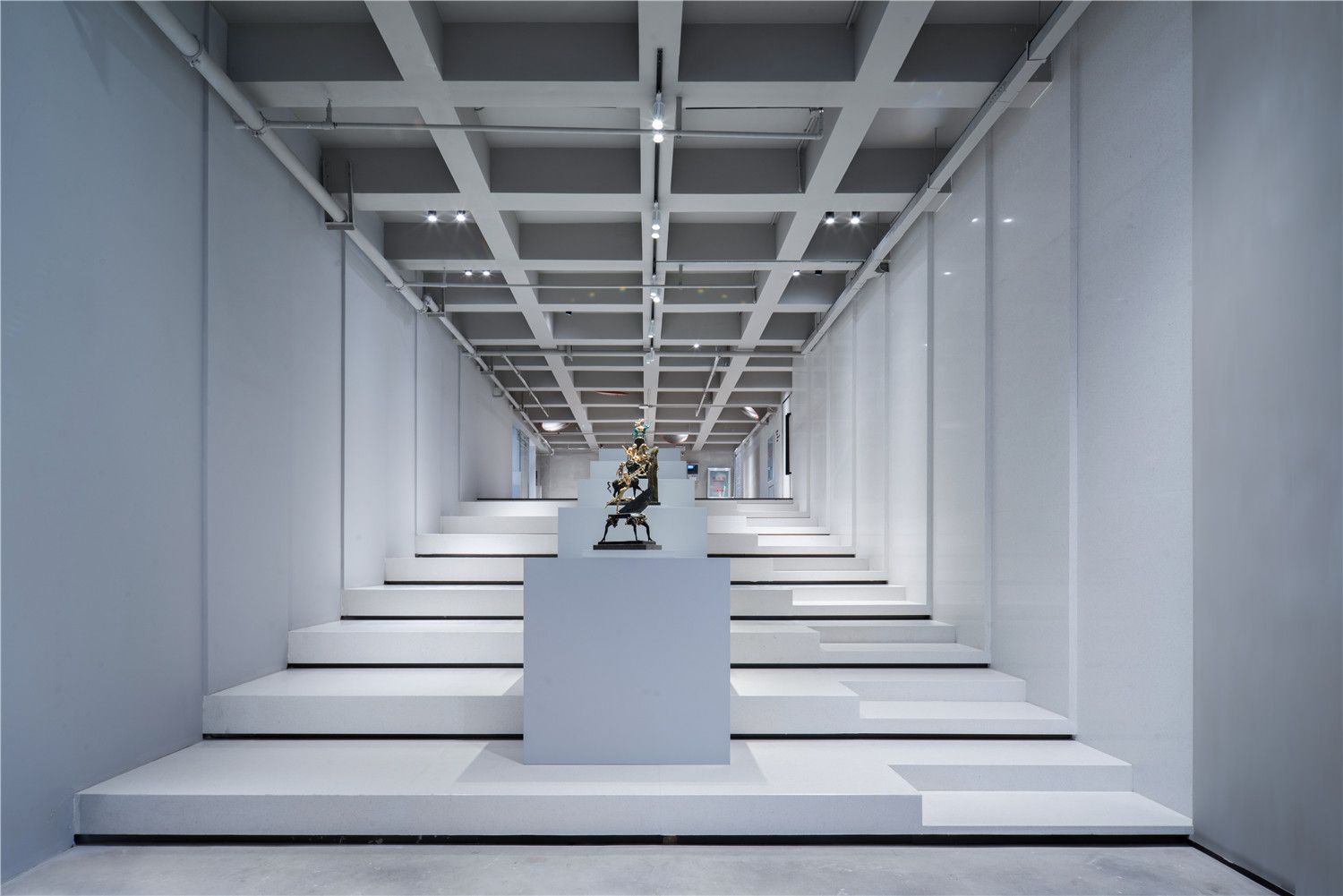
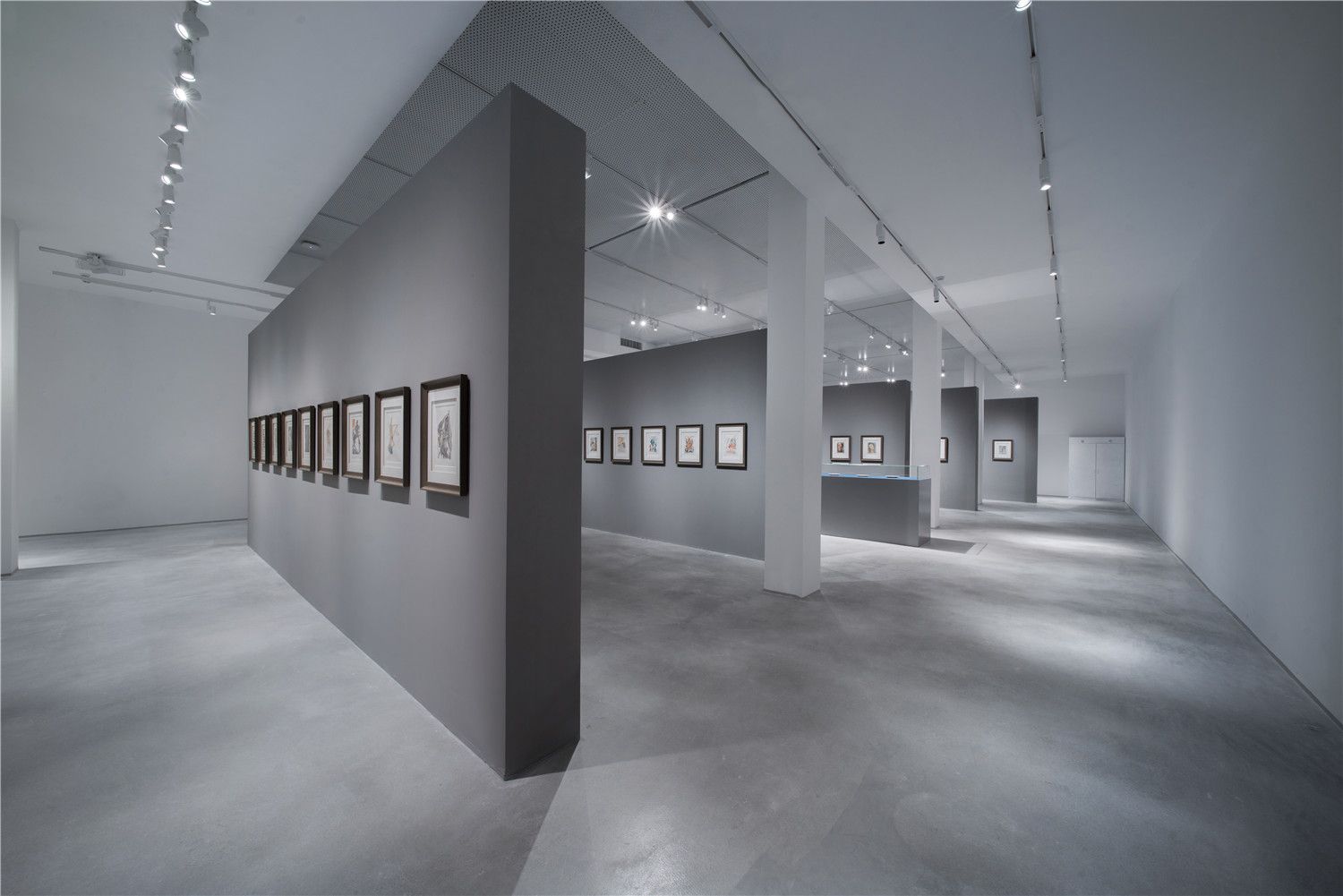
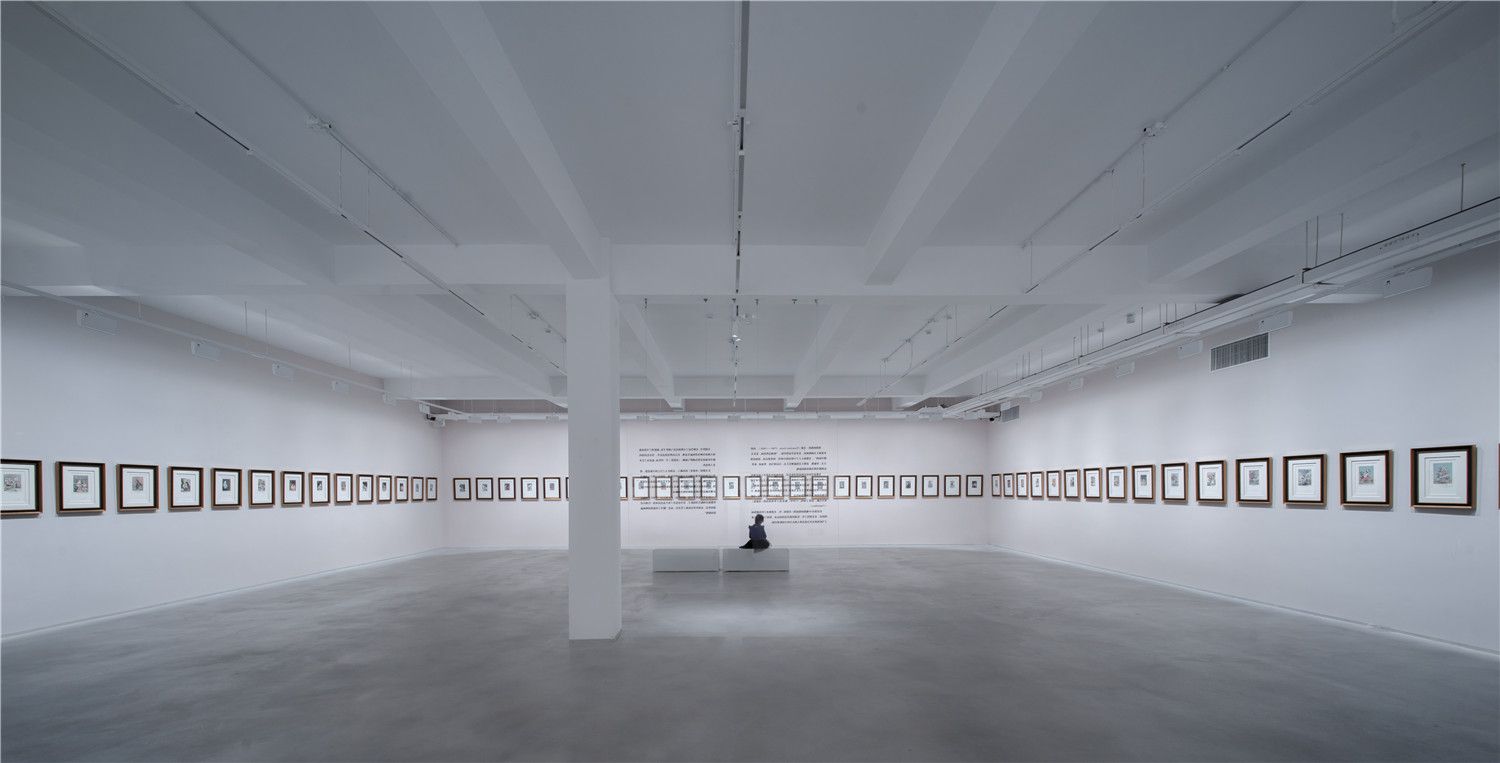
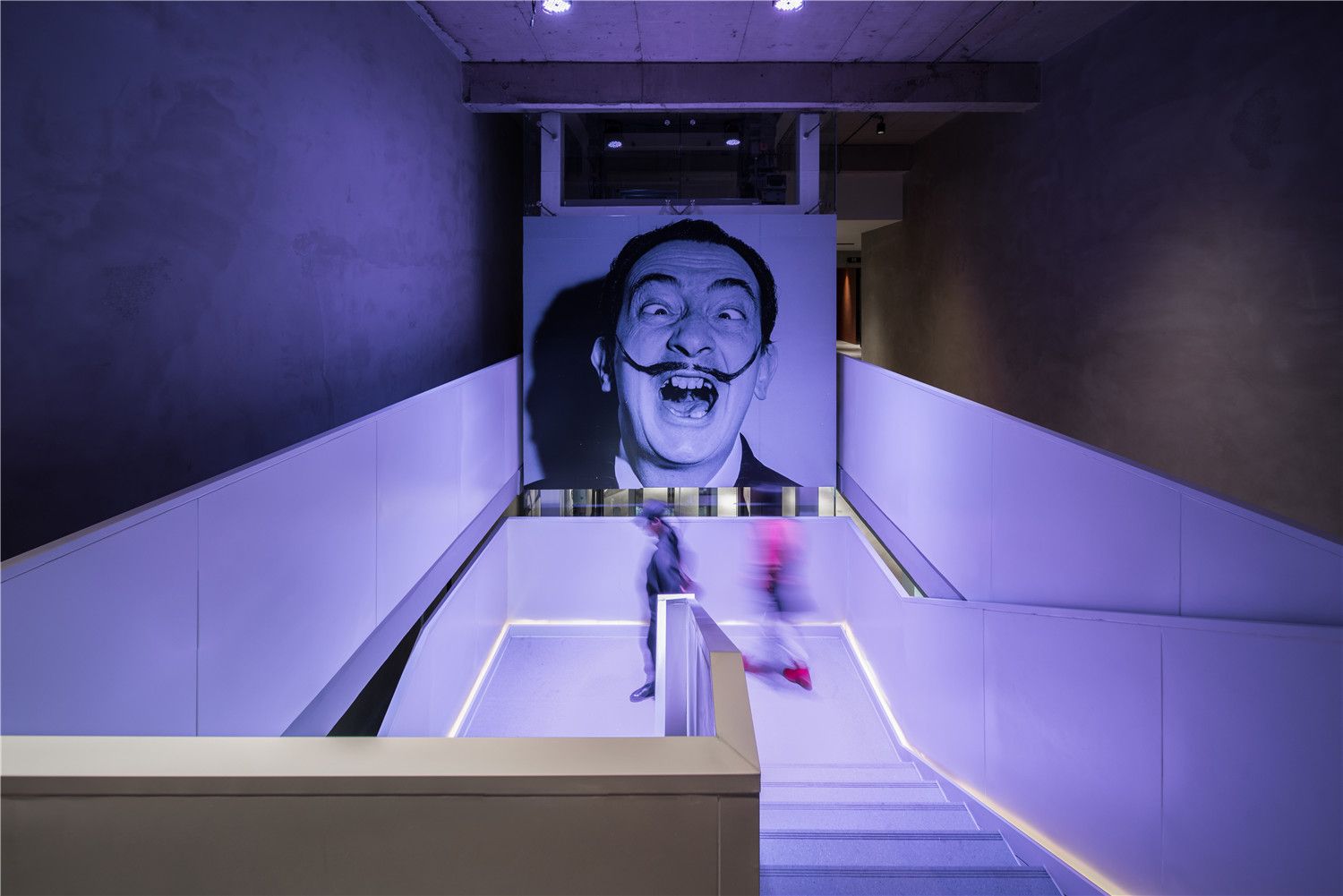
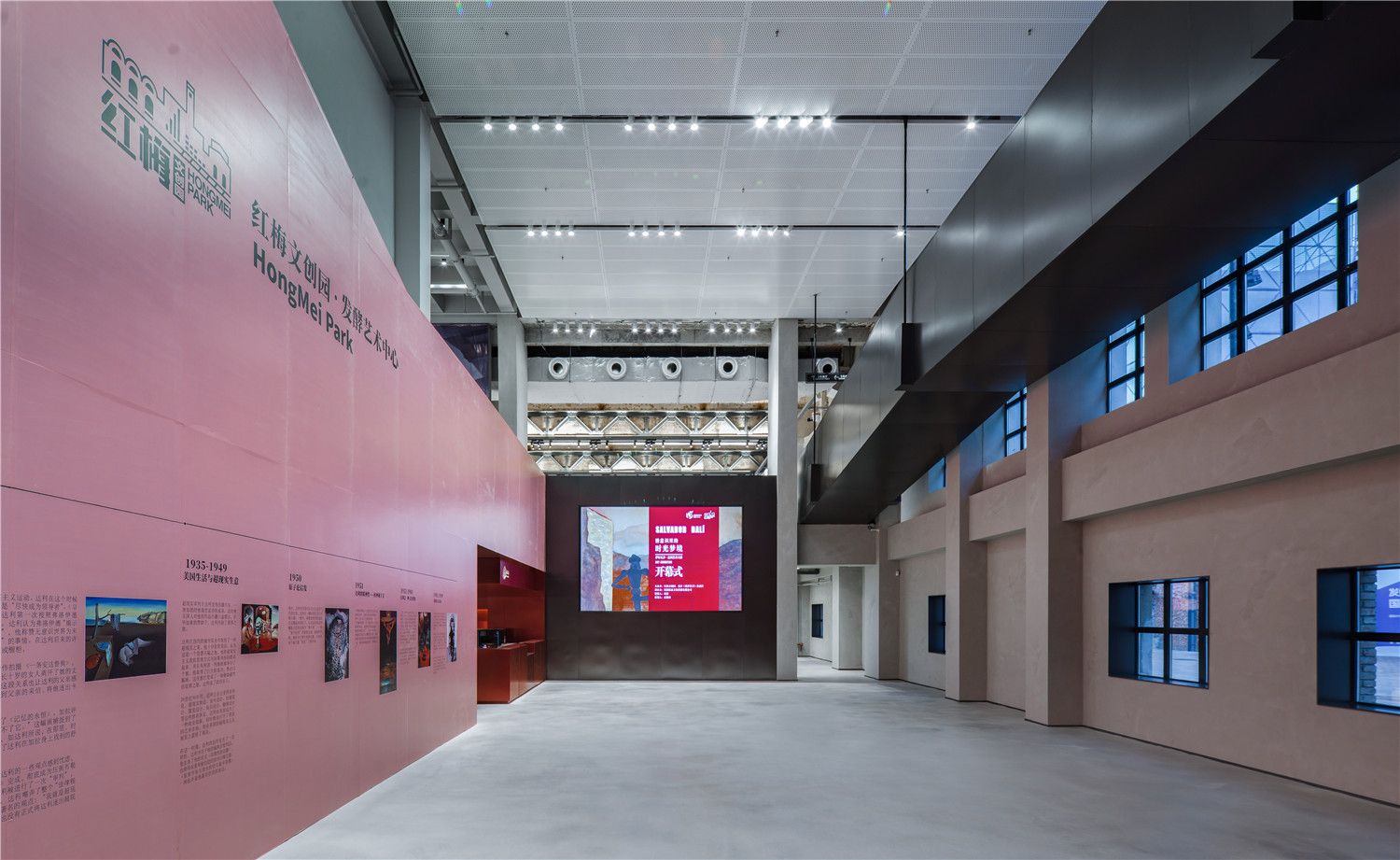
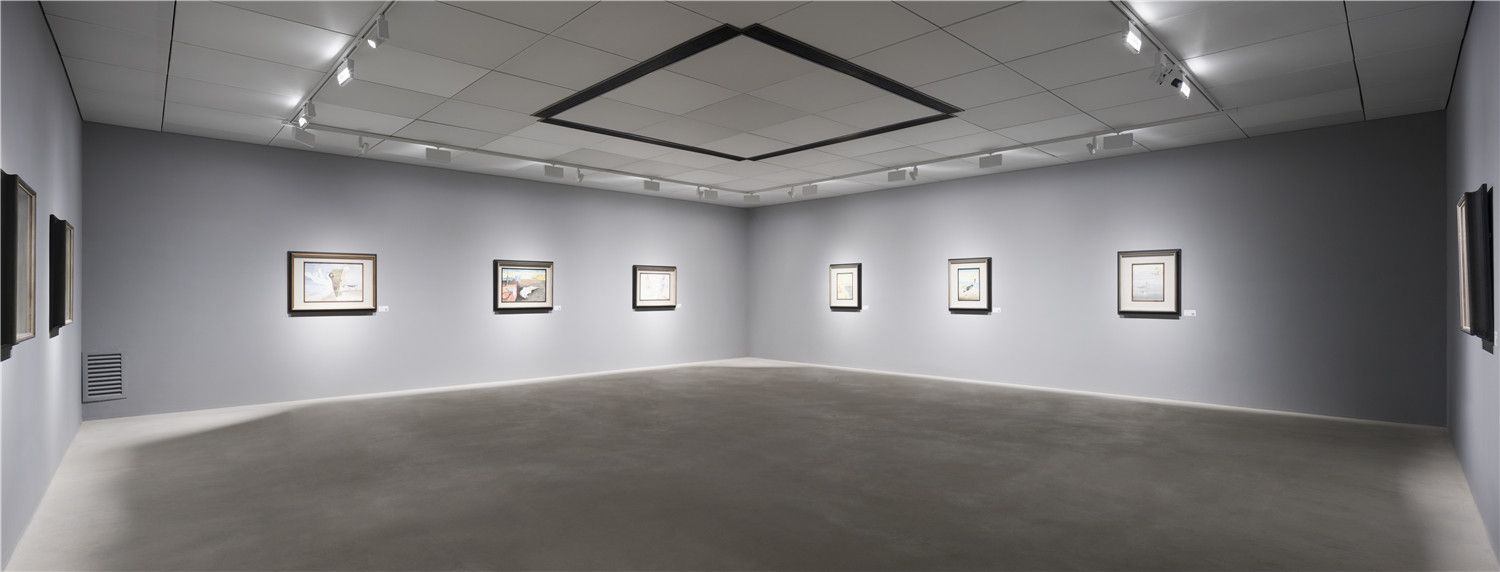
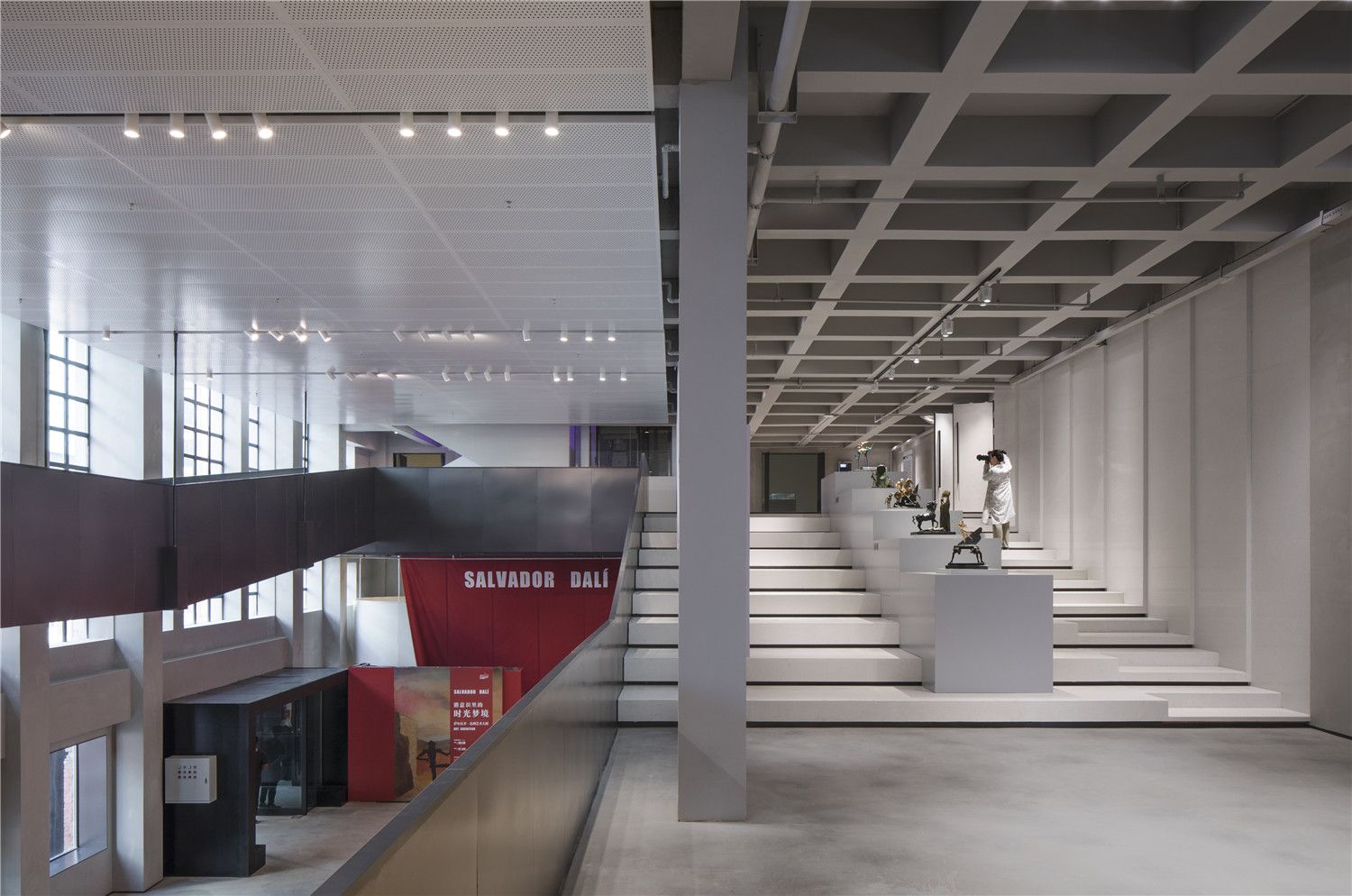
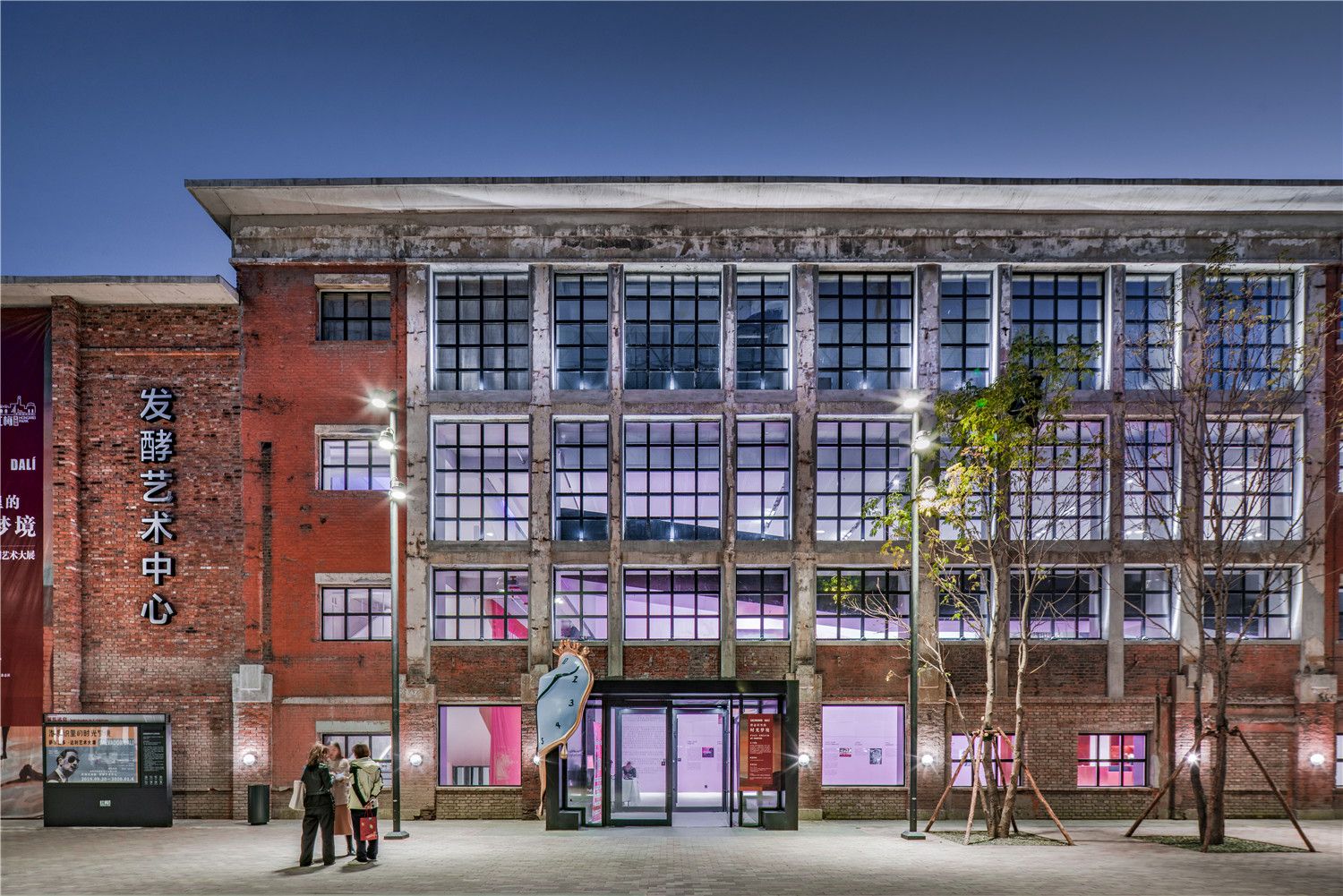
新设2楼到3楼的坡道透过面向园区主要道路的立面玻璃和园区内的其他建筑及活动进行对话。三联拱部分保留了两个原有的发酵罐设备,永久的纪念着在这个空间中曾经如火如荼的大生产时代。
Through glass facade facing the main road, the ramp connecting the new building 2 and 3 communicates with other buildings and activities in the park. The triplet arch keeps part of the original two fermentation tanks, in memory of the vigorous production era that once took place in this space.
▽保留下的发酵罐设备/Reserved fermentor equipment
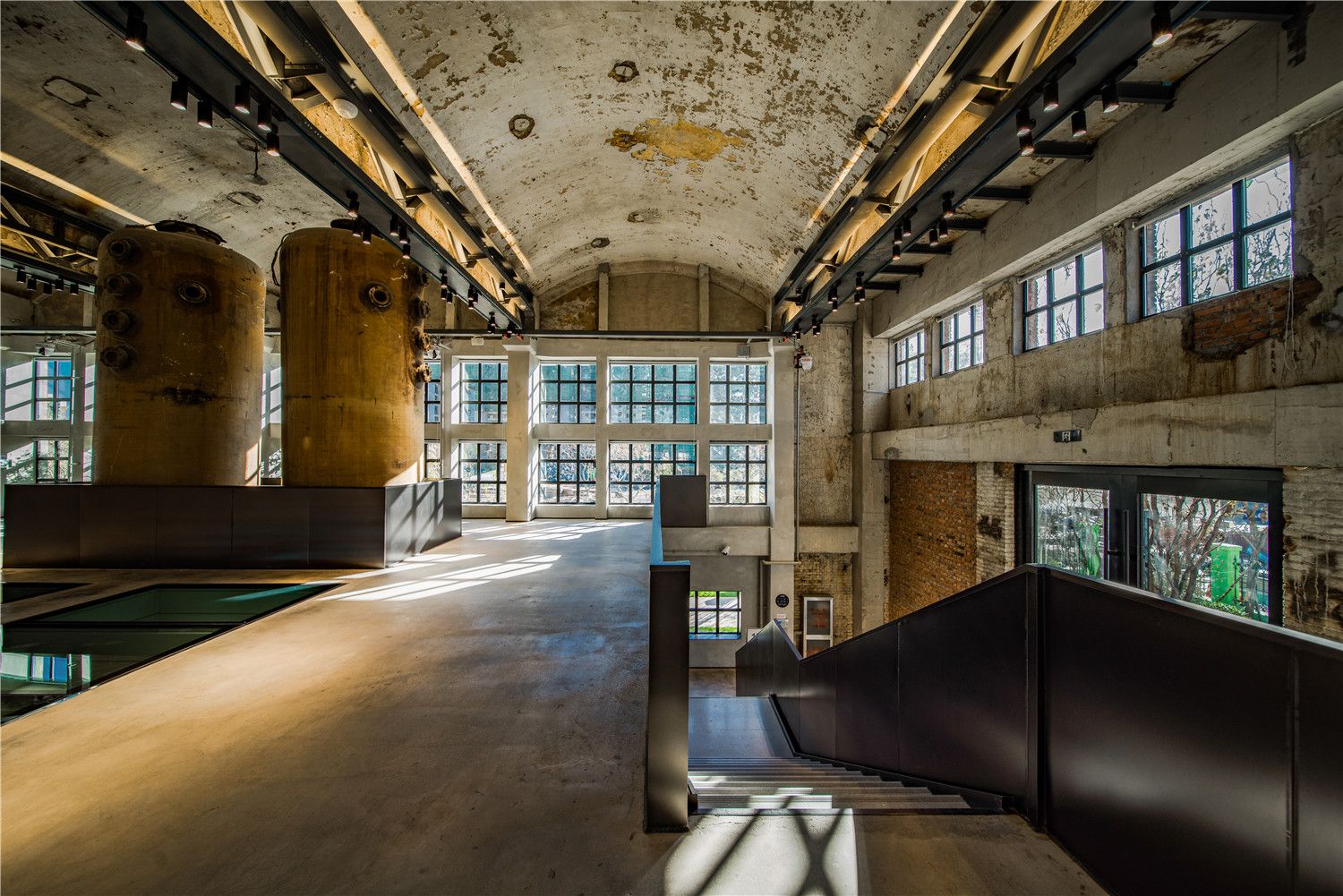
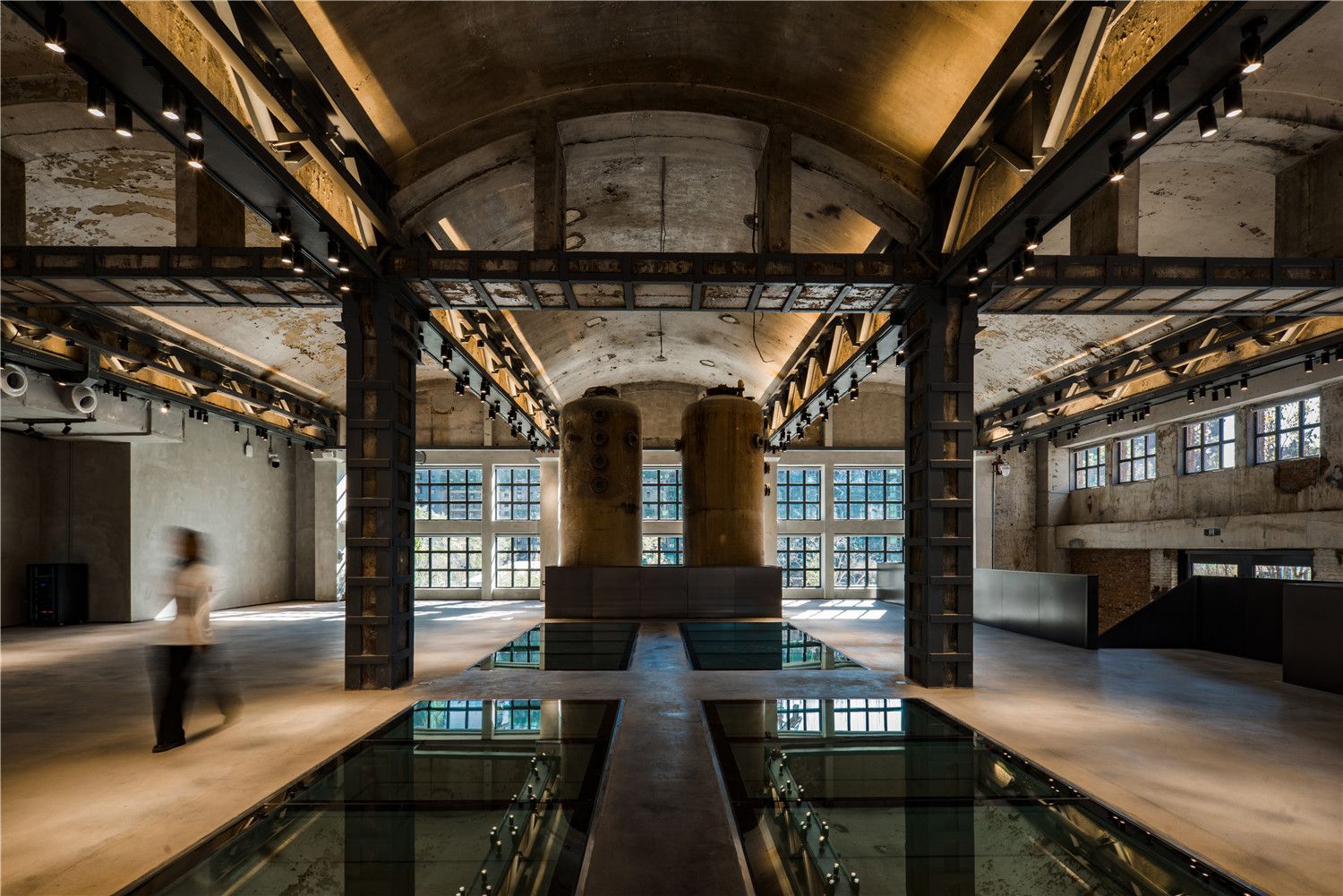
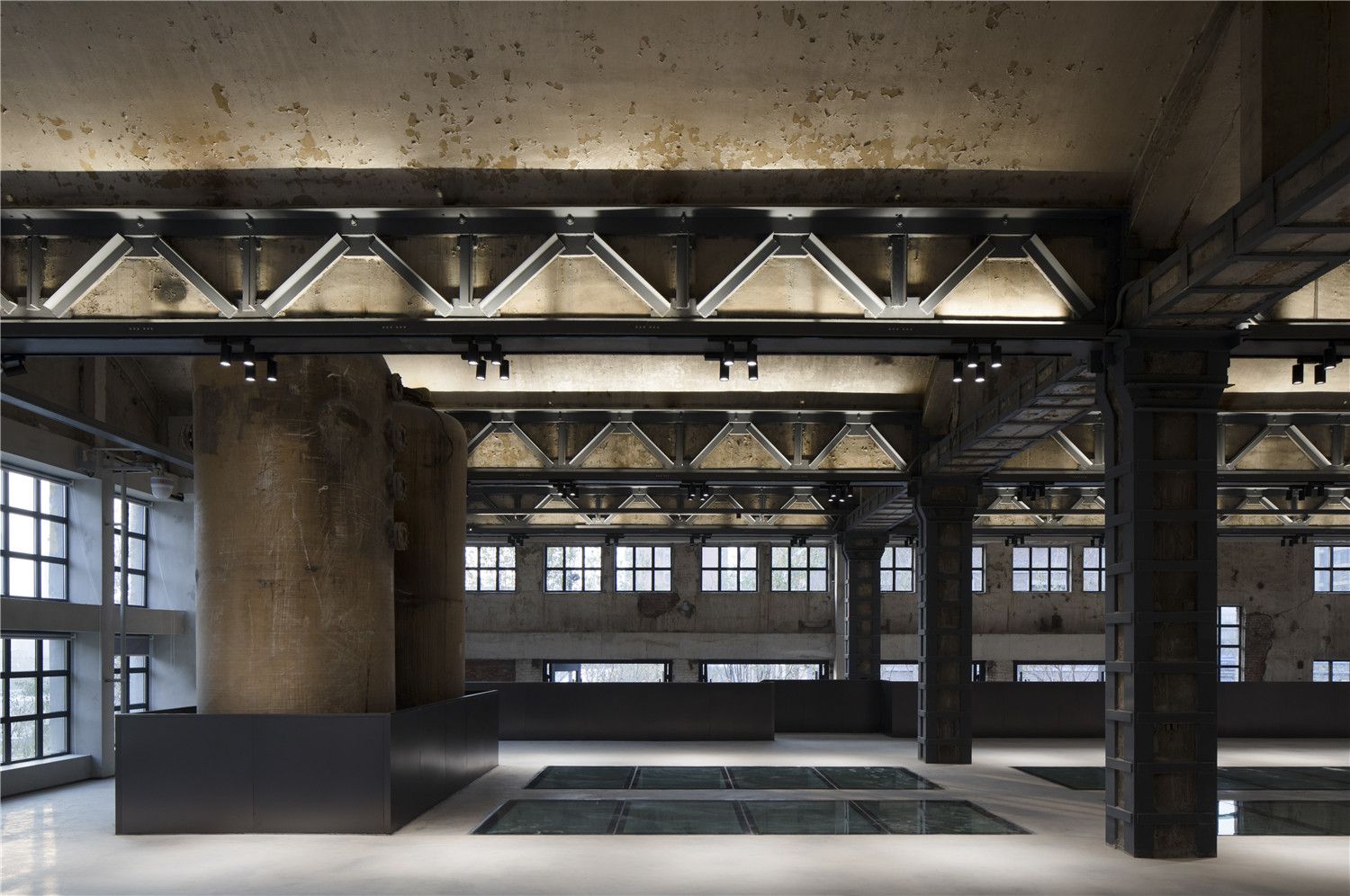
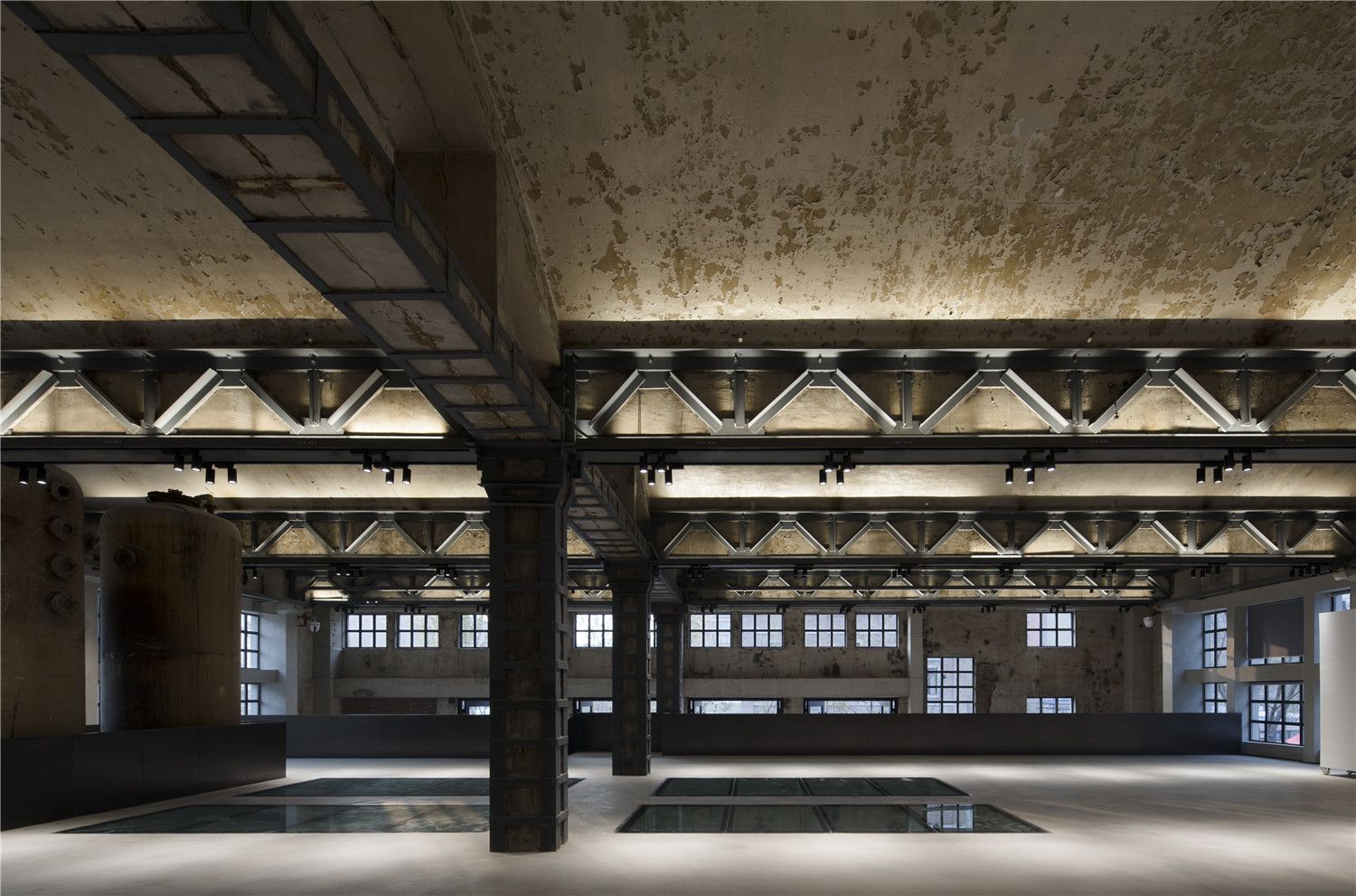
文创园作为文化创意产业的聚集地是城市更新的一部分。时代发展,世纪更替,产业不断进步革命。近30年来随着新的生产方式和生产力的出现,旧的生产方式下建造的厂房及附属空间也需要不断的更新,需要适应新的生产关系下所需要的功能。
As the gathering place of cultural creative industry, the Culture and Creative Park is part of the updates in the city. Time flies, a century has passed, and industries are constantly improving and updating. In the past 30 years with the new production methods and forces coming up, those factories and affiliates built by old production force need to be updated constantly, adapting to all the functions required by the new productive relations.
▽#1东立面图/#1 east elevation
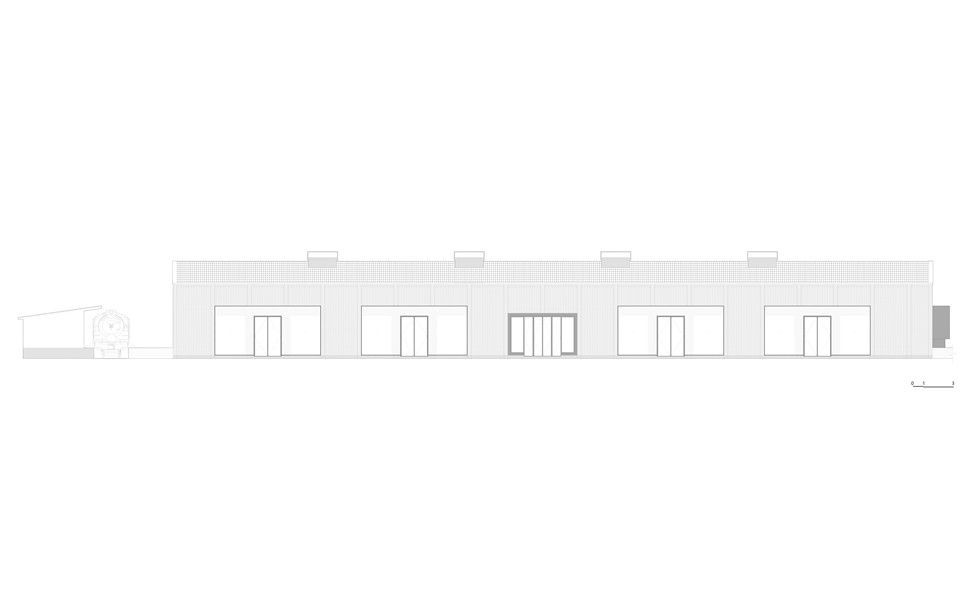
▽#1北立面图/#1 north elevation
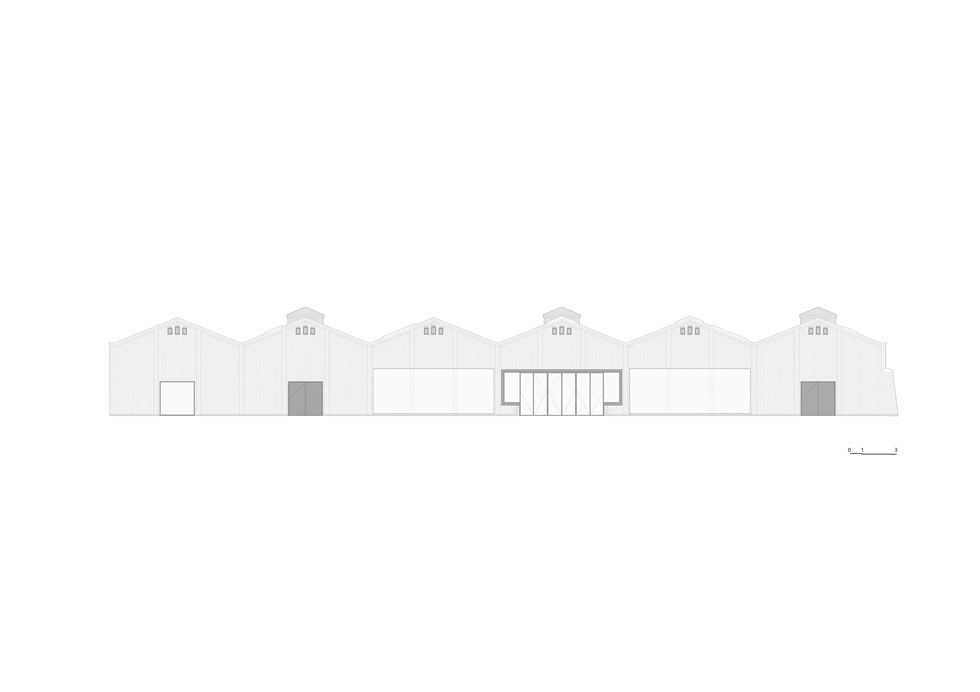
▽#1平面图/#1 plan
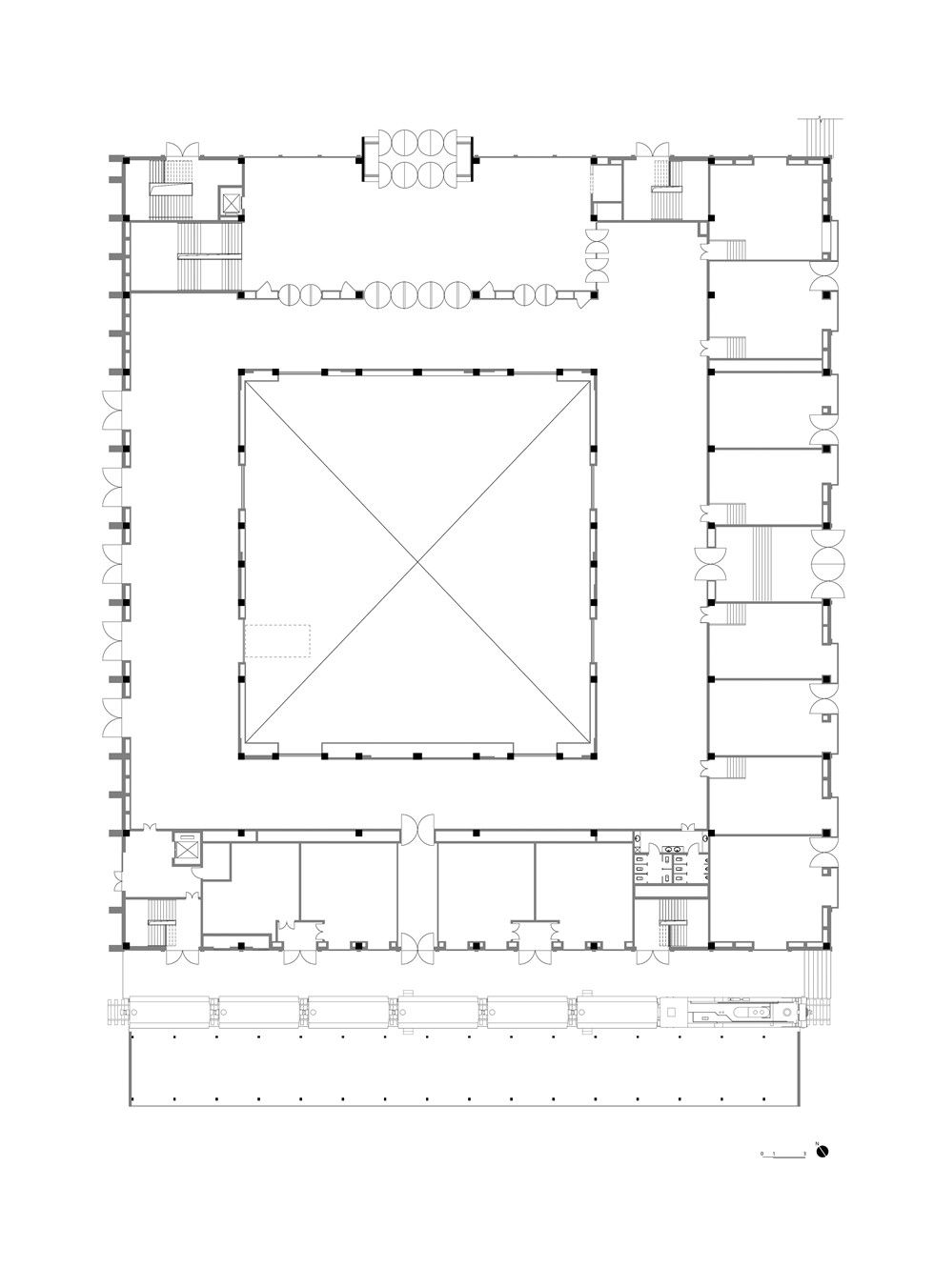
▽#1剖面图/#1 profile
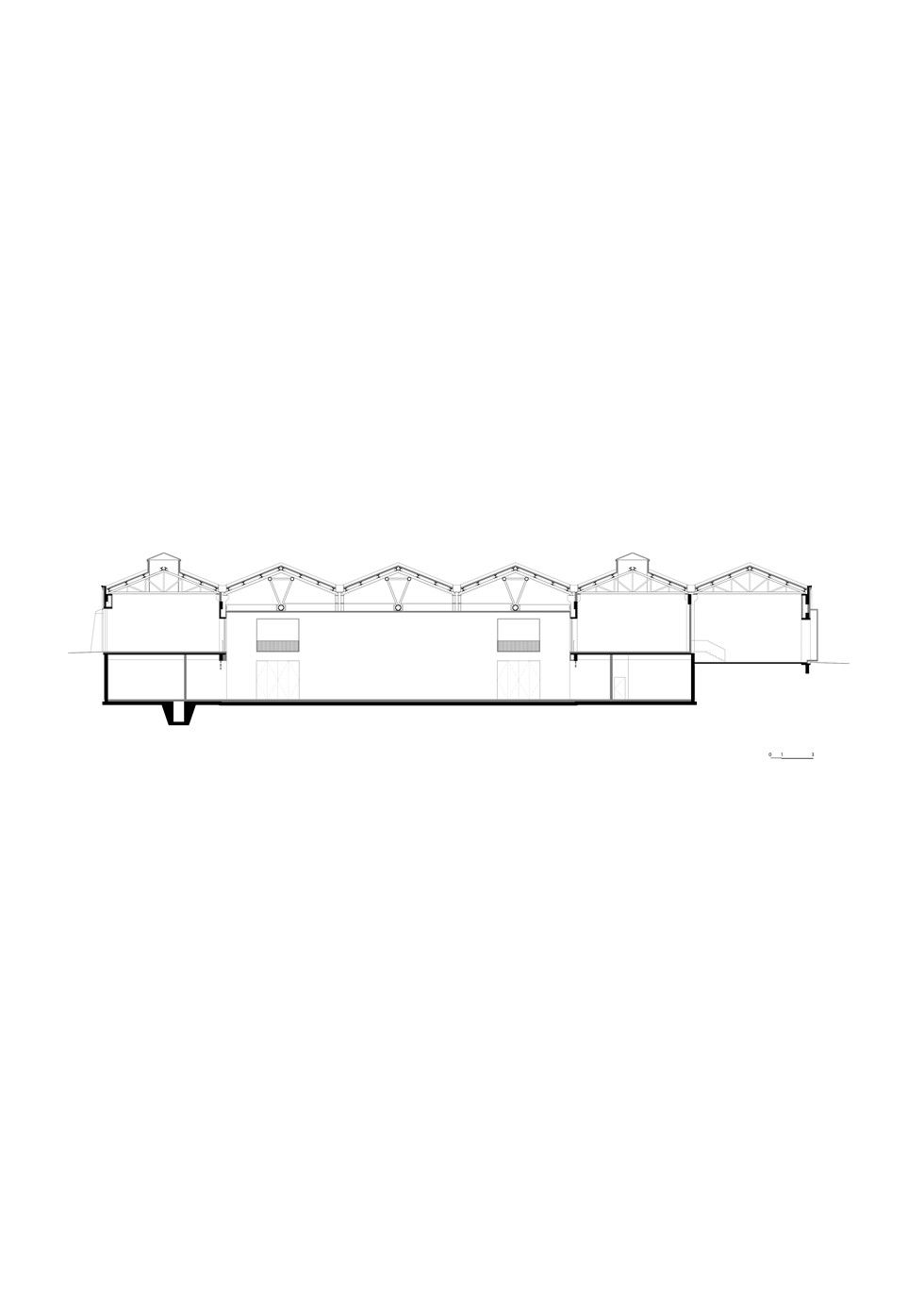
▽#2平面图/#2 plan
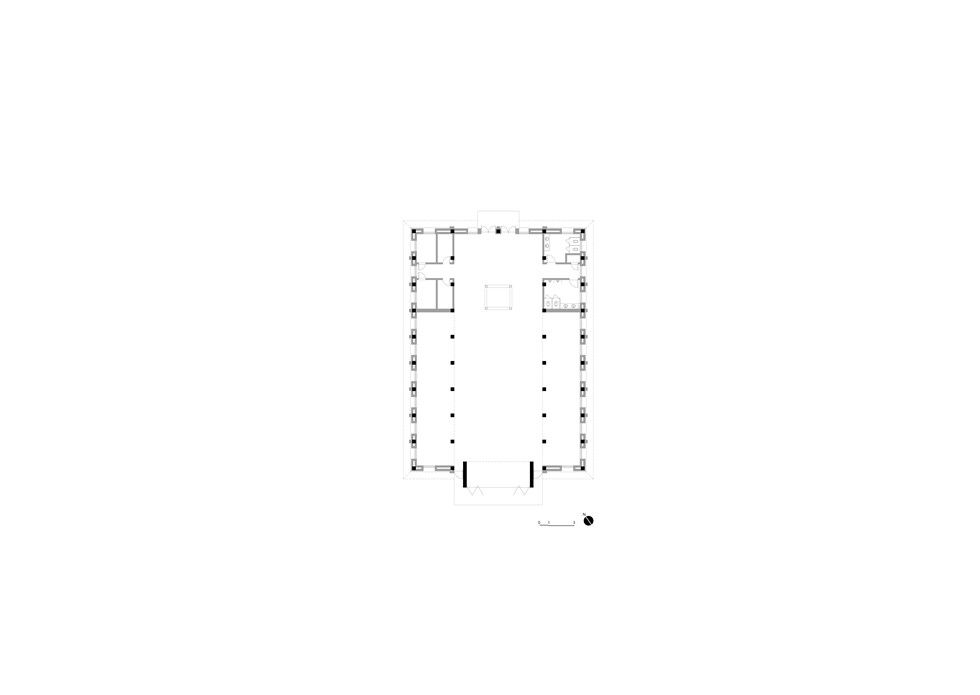
▽#2细节图/#2 detail
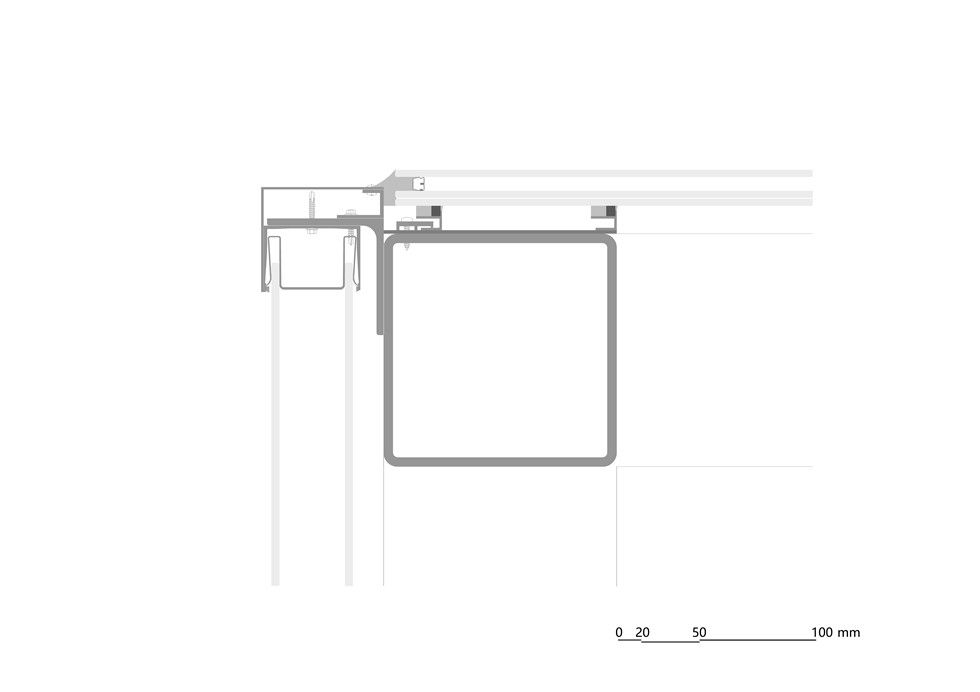
▽#2立面图/#2 elevation
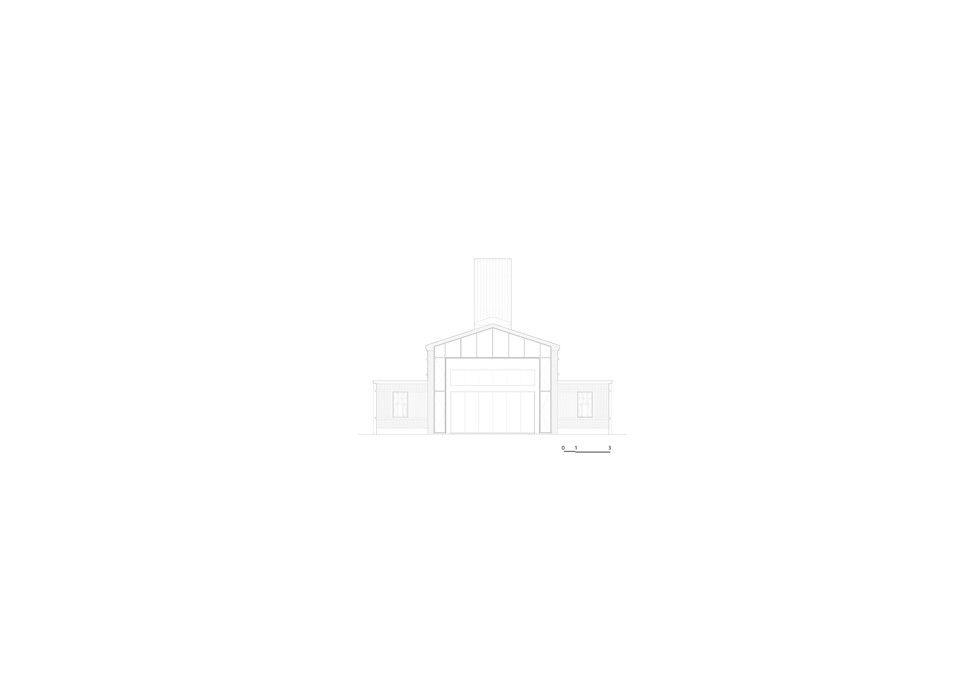
▽#12平面图/#12 plan
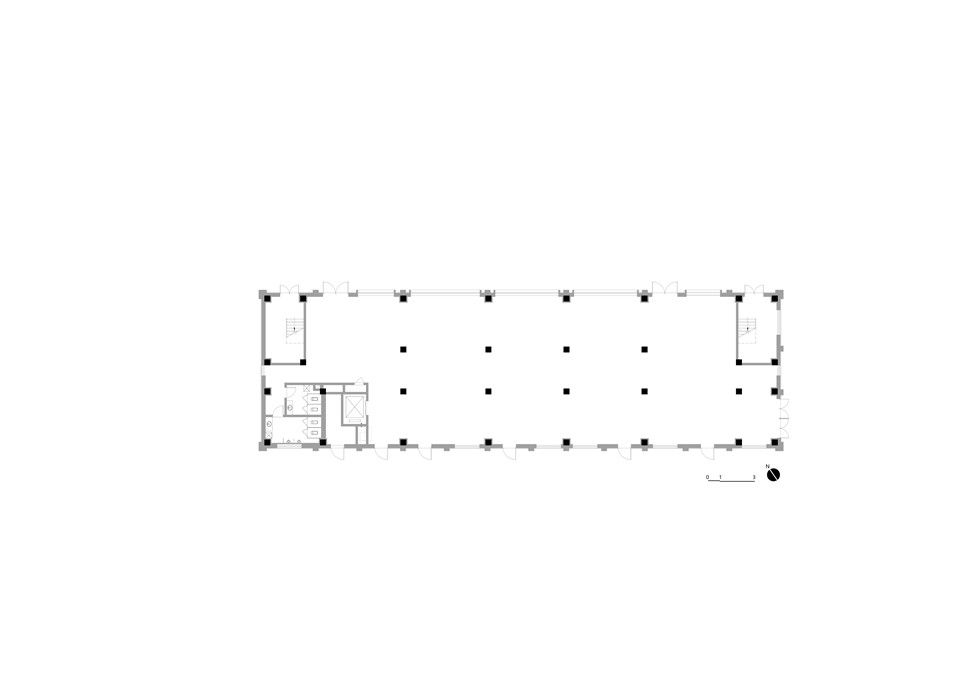
▽#12剖面图/#12 profile
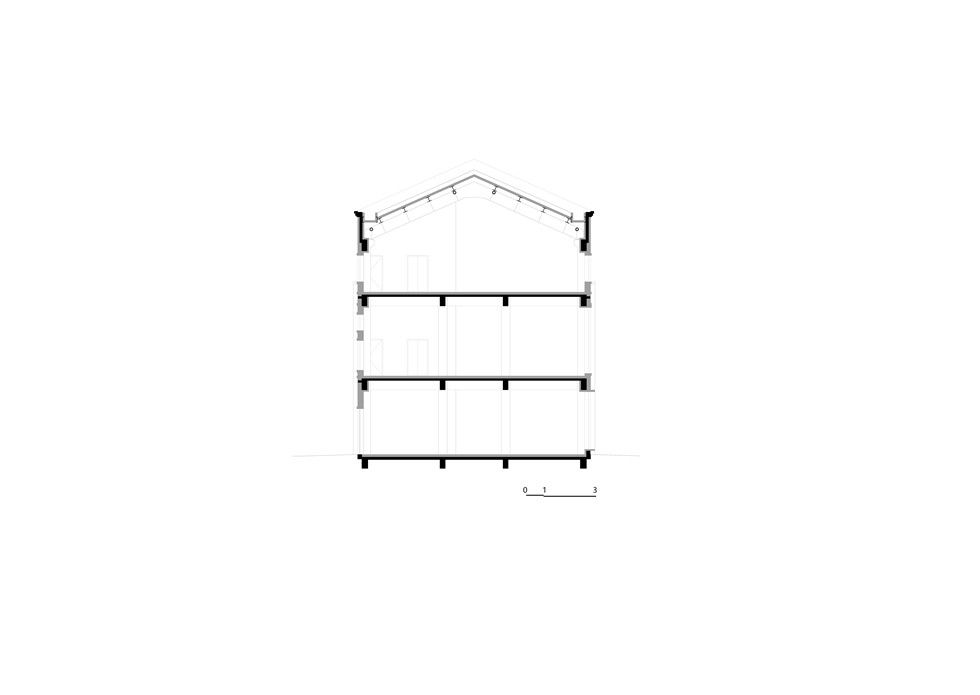
▽#12立面图/#12 elevation
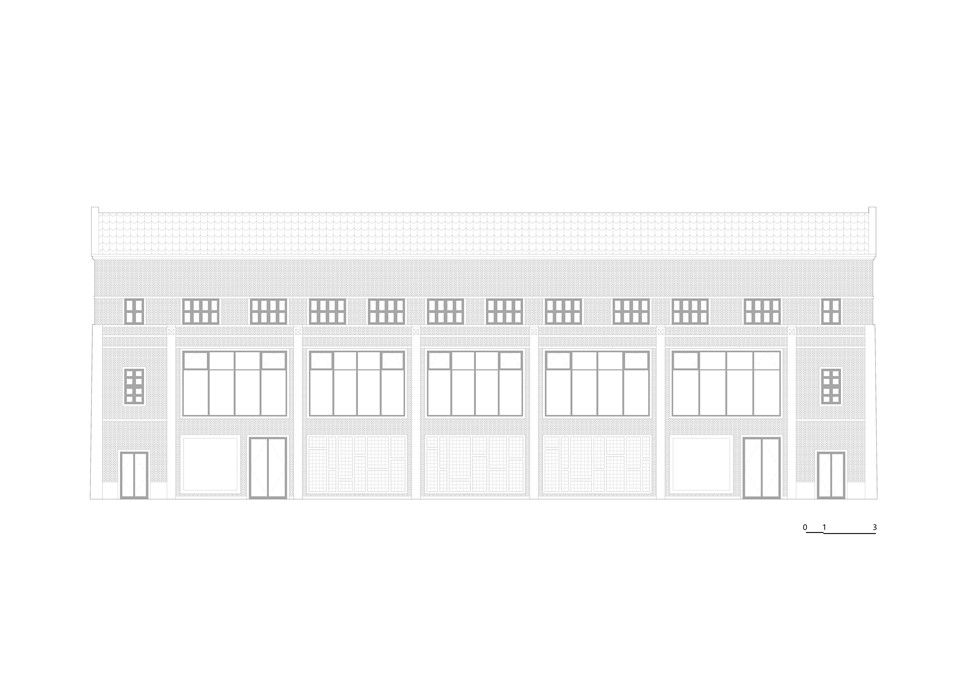
▽#16平面图/#16 plan
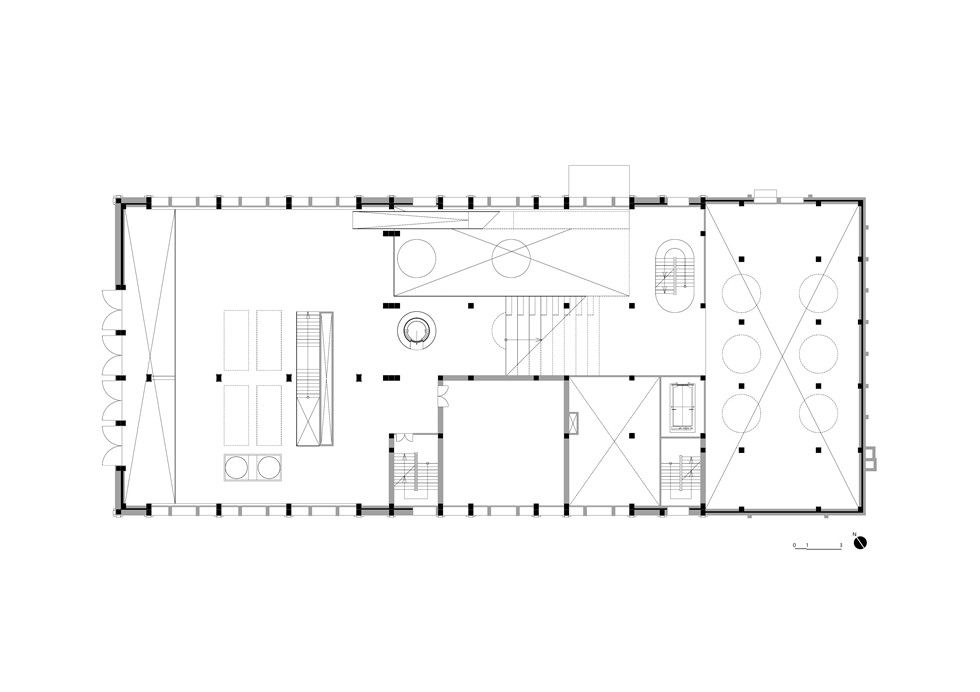
▽#16北立面图/#16 north elevation
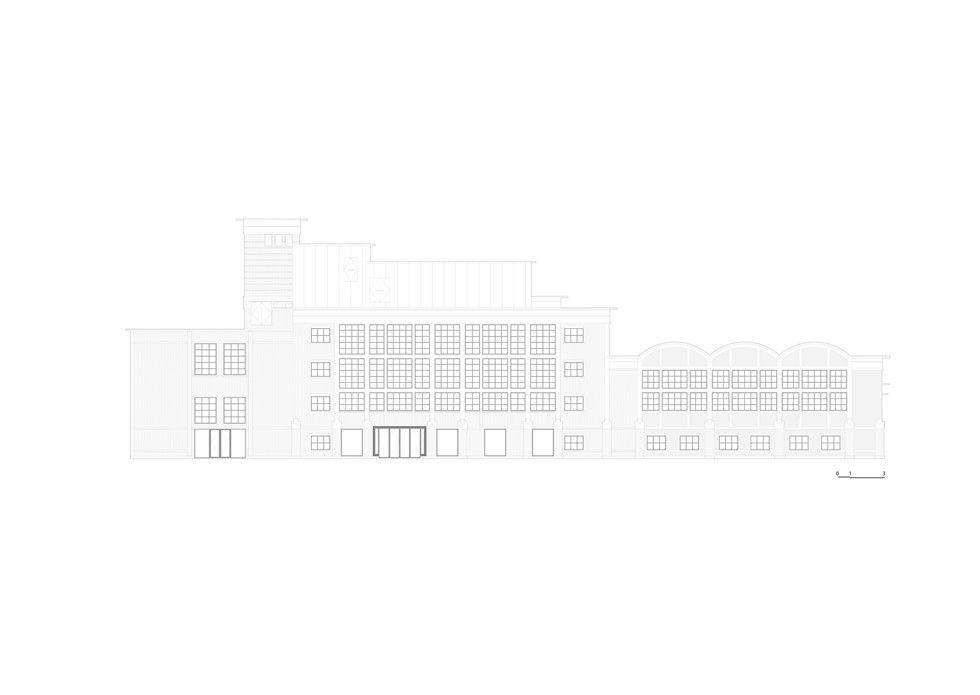
▽#16剖面图/#16 profile
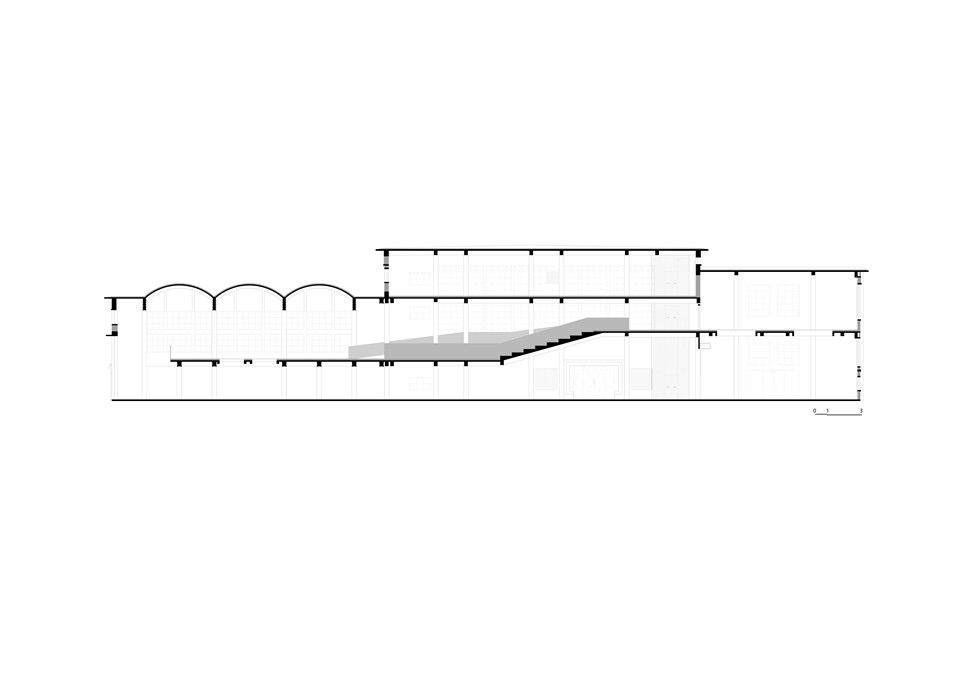
▽总体规划图/masterplan_tie
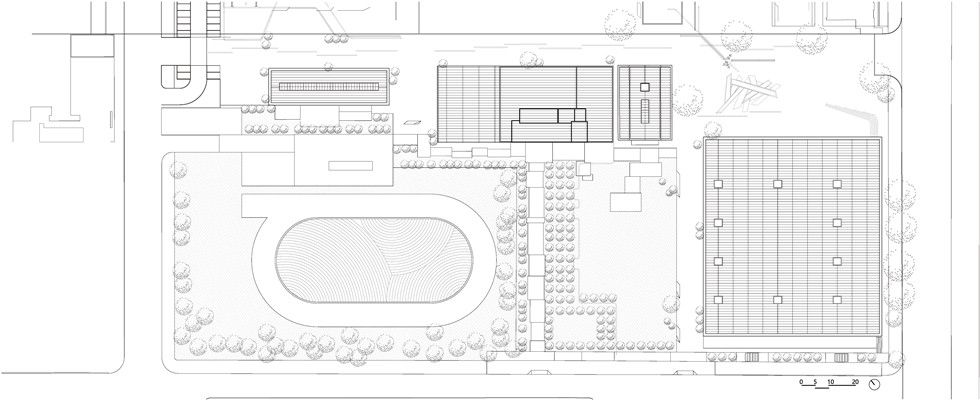
信息
项目名称: 沈阳红梅文创园
项目类型:旧工厂改造
项目地点:中国辽宁省沈阳市铁西区卫工北街44号
建筑设计:AAarchitects + IIA Atelier (二期)
ASR Architectural Design Co., Ltd.(一期)
主创建筑师: Hiroshi Aoki, Yoshiko Sato
设计团队:
(AAarchitects) Hiroshi Aoki, Toru Uno, Ko Oono, Sayantan Chakraborty, Ewa Scroczynska;
(IIA Atelier)Yoshiko.sato, Naoki Sato, Yue Chen, Xingpeng Wang,Xu Wujian
设计时间:2018年12月- 2019年9月
设计周期:10个月
项目完成年份:2020年
建筑面积:(平方米)14489.71
#1:8031.63
#2:568.84
#12: 1780.8
#16:4108.44
摄影师:上海洛唐(建筑)摄影有限公司,繁玺视觉
业主单位:沈阳三体投资有限公司
结构设计顾问:袁鑫
业主设计团队 :孙明君 李苑婷 李岳霖 王成奇 李星谊 杨思仪 付童 孙伟
施工图设计(建筑、结构、设备、室内、景观):沈阳新大陆建筑设计有限公司
室内方案设计(#1、#16):广州杜文彪设计
室内方案设计(#2):东京如是建筑设计事务所
室内方案设计(#12): 红梅书坊
景观设计:德国拉茨与合伙人景观规划事务所 & 沈阳绿野建筑景观环境设计有限公司
照明设计:瑞国际照明设计
幕墙设计:上海嘉春装饰设计工程有限公司 & 晶瓷玻璃科技(上海)有限公司
施工单位:沈阳建业建筑工程有限公司
INFORMATION
Project name: Red Plum Culture and Creative Park
Category: Re - use
Project location: 44 Weigong North Street, Tiexi District, Shenyang City, Liaoning Province, China
Architect’ Firm: AAarchitects & IIA Atelier (Phase Ⅱ)
ASR Architectural Design Co., Ltd.(Phase Ⅰ)
Lead Architects: Hiroshi Aoki, Yoshiko Sato
Design Team:
(AAarchitects) Hiroshi Aoki, Toru Uno, Ko Oono, Sayantan Chakraborty, Ewa Scroczynska;
(IIA Atelier)Yoshiko.sato, Naoki Sato, Yue Chen, Xingpeng Wang,Xu Wujian
Design time: 2018.12 - 2019.09
Design cycle: 10 month
Completion Year: 2020Gross Built Area (square meters): 14489.71
#1:8031.63
#2:568.84
#12: 1780.8
#16:4108.44
Photo credits: LOTAN Architectural Photography & Fancy Images
Clint: Shenyang Santi Investment Co,. Ltd.
Structural Design Consultant :XinYuan
Owner’s Design Team: Mingjun Shun、Yuanting Li、Yuelin Li、Chengqi Wang、Xingyi Li、Siyi Yang、Tong Fu、Wei Sun
Construction Drawing Design(Architecture, structure, equipment, interior, landscape):N.W.ARCHITECTURE DESIGNCO.,LTD.
Interior Design(#1、#16):GUANGZHOU BILL DO DESIGN
Interior Design(#2):IIA Atelier
Interior Design (#12):Red Plum bookshop
Landscape Design: LATZ+PARTNER & Shenyang Lvye Landscape Environment Design Co. LTD
Lighting Design: RDESIGN INTERNATIONAL LIGHTING
Curtain Wall Design:Shanghai Jiachun Decoration Design Engineering Co., LTD& Alitglas Project Co.,Ltd
Construction Company:Shenyang Jianye Construction Engineering Co. LTD
|
|